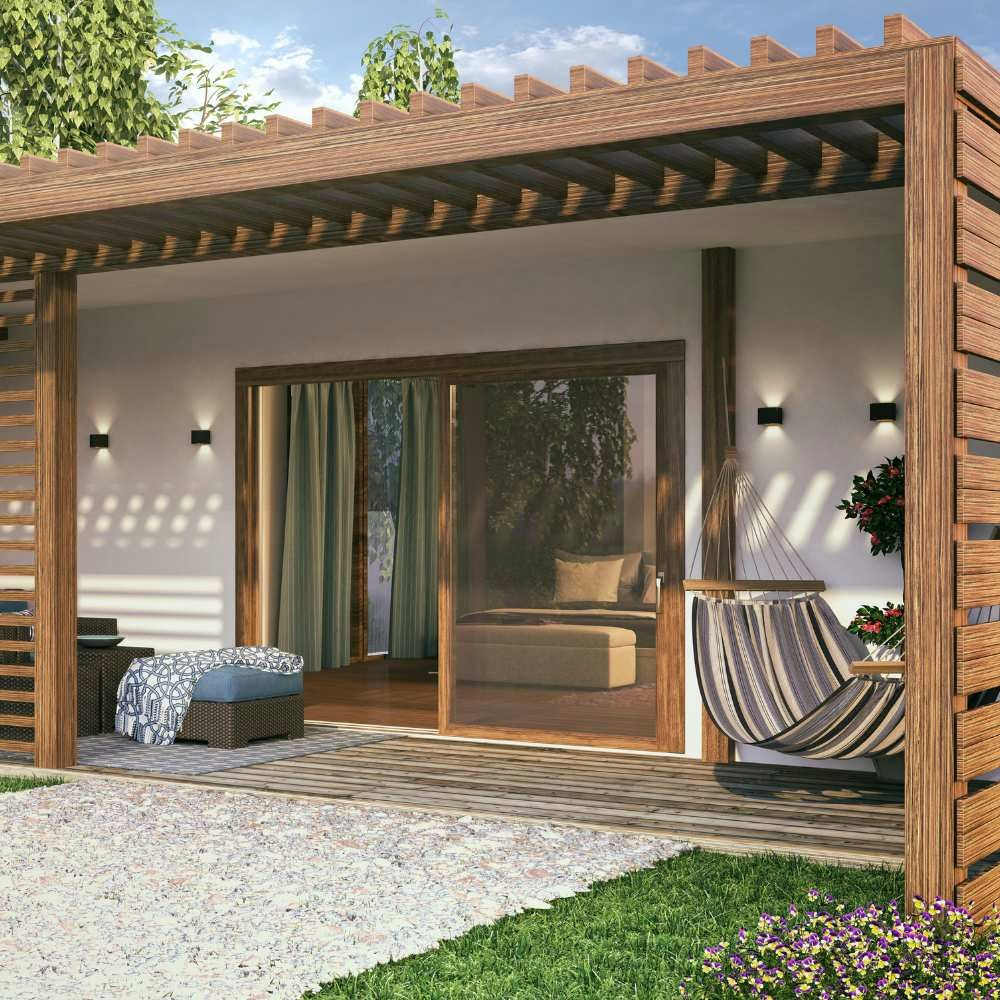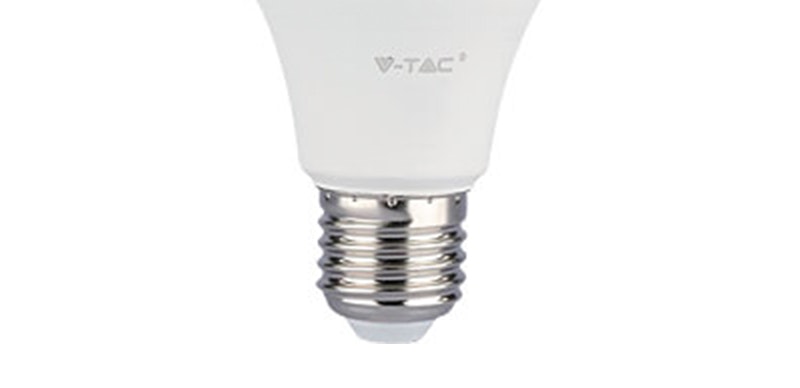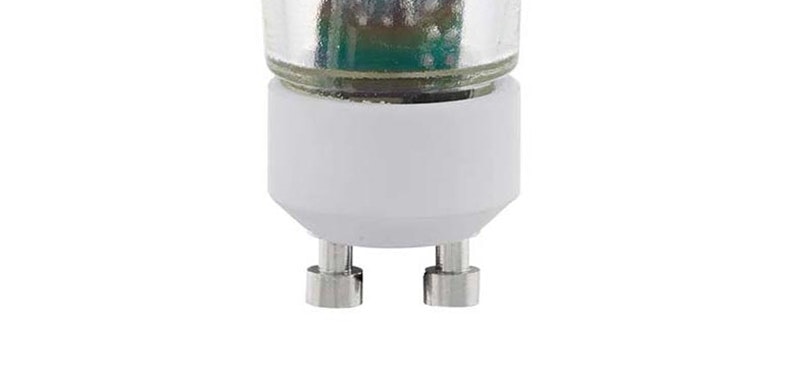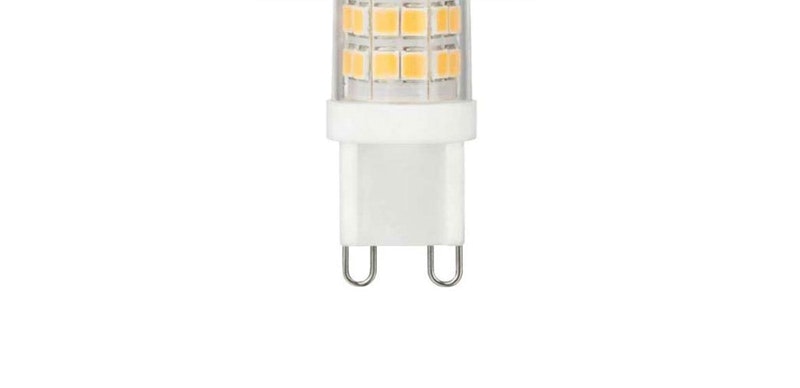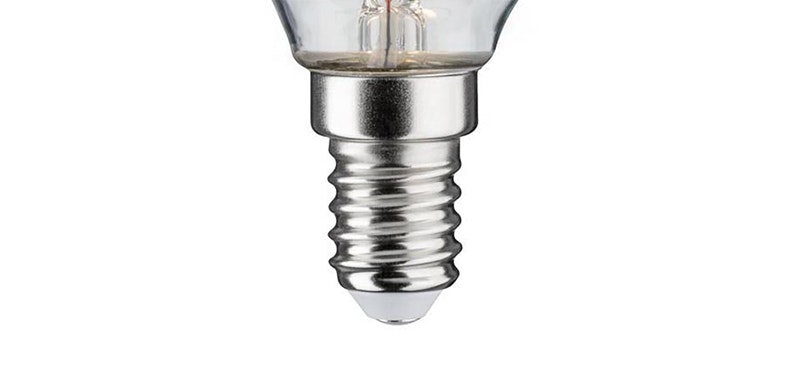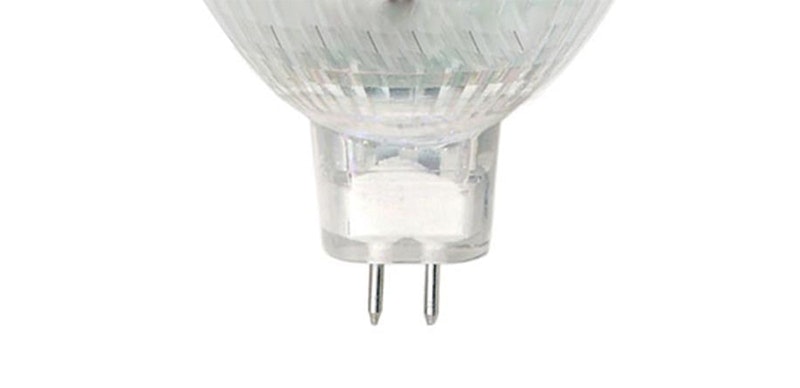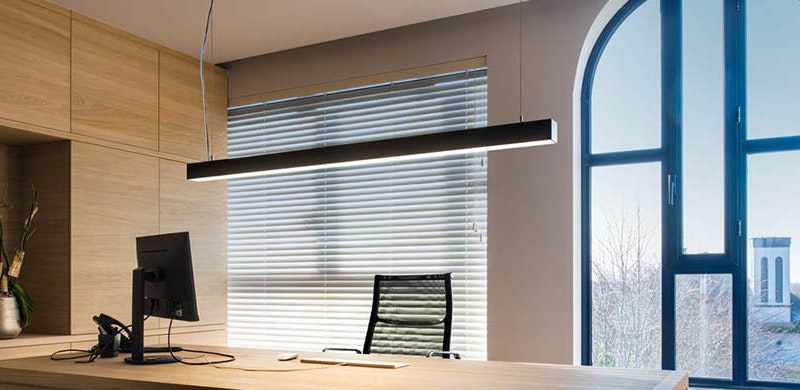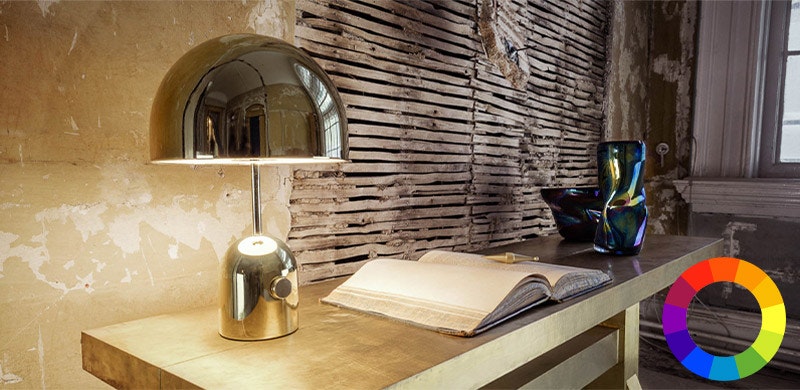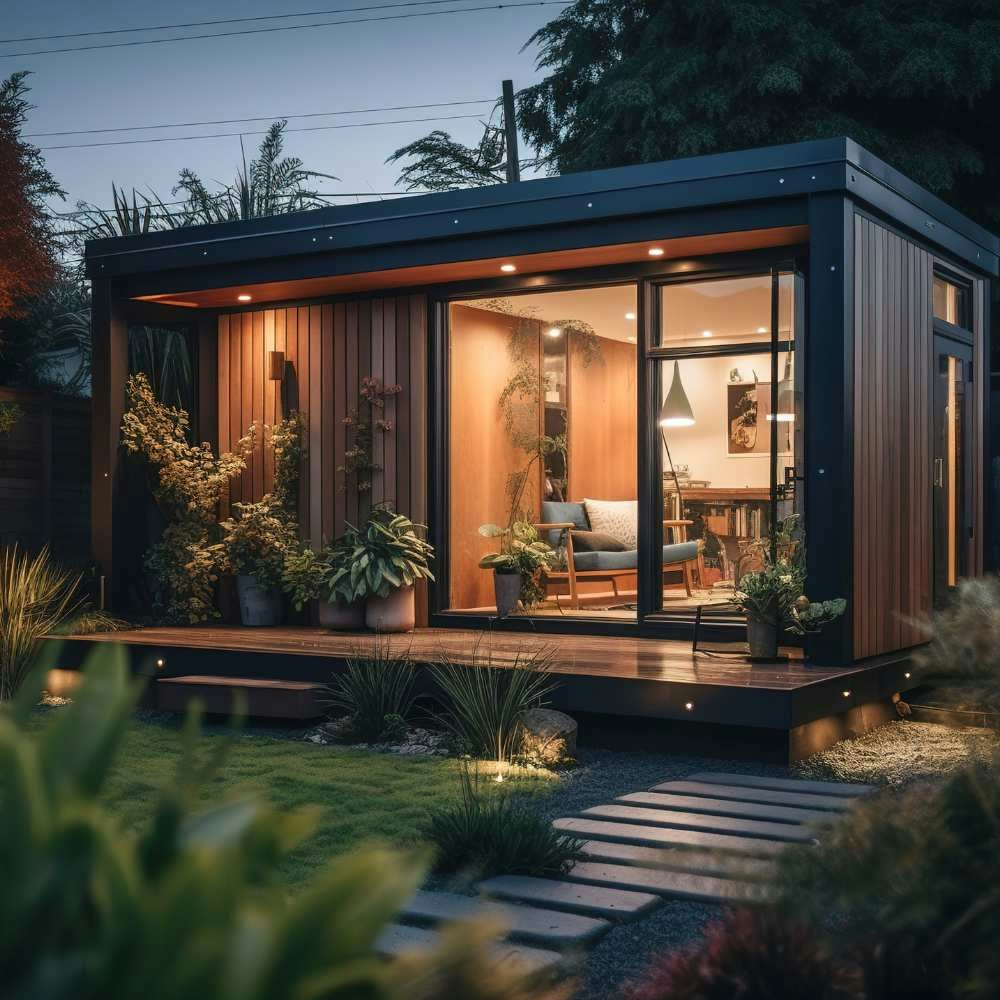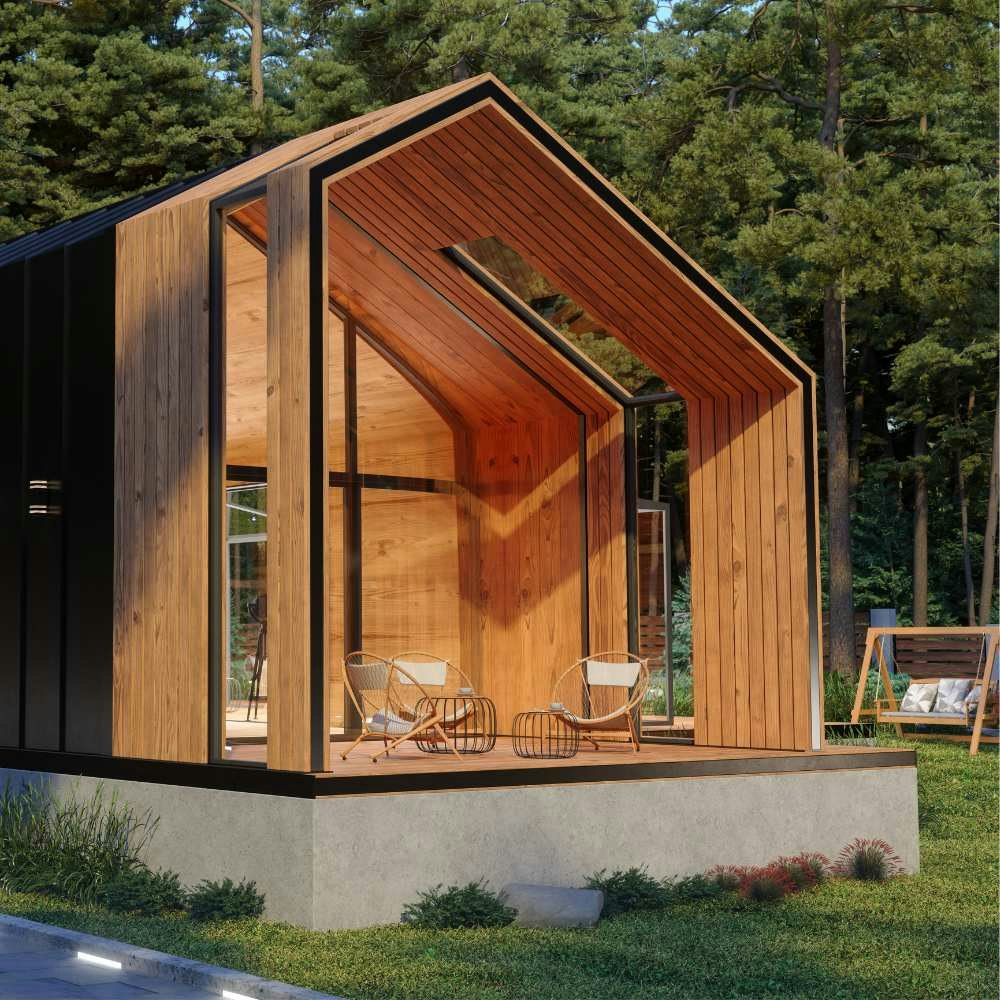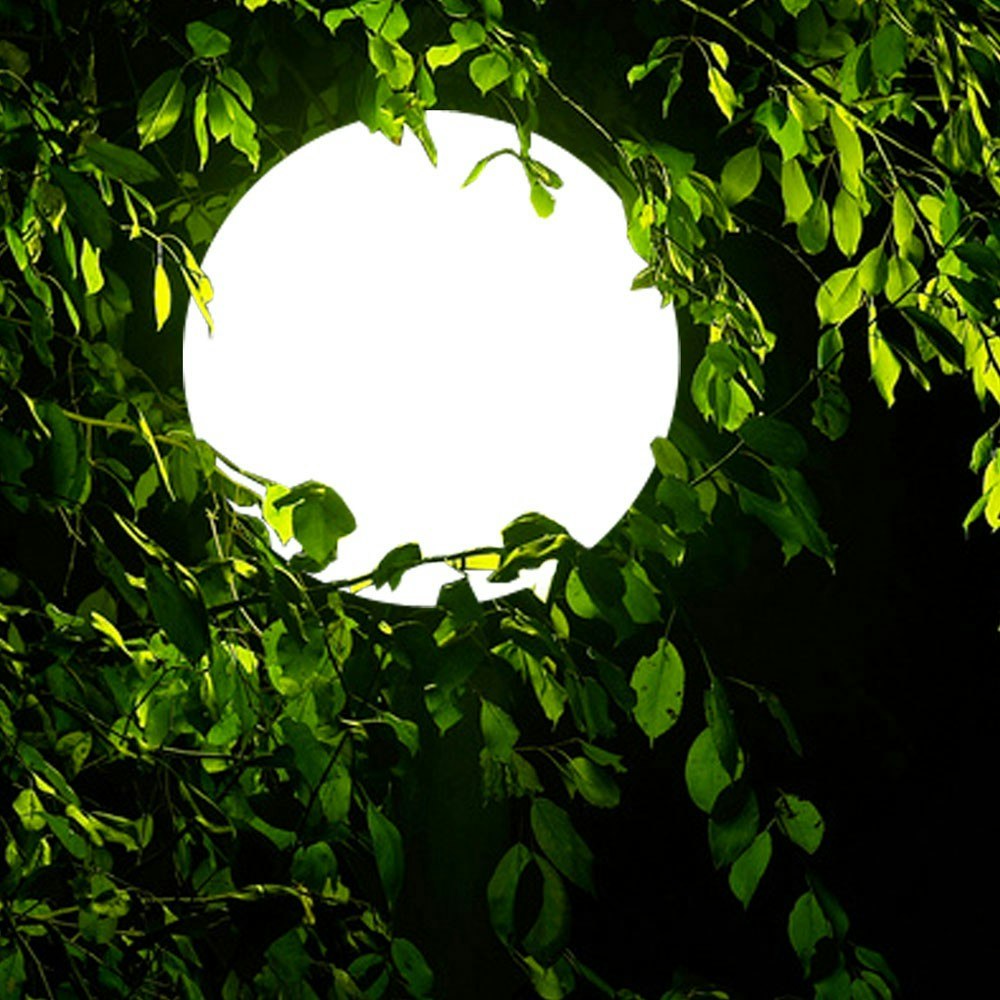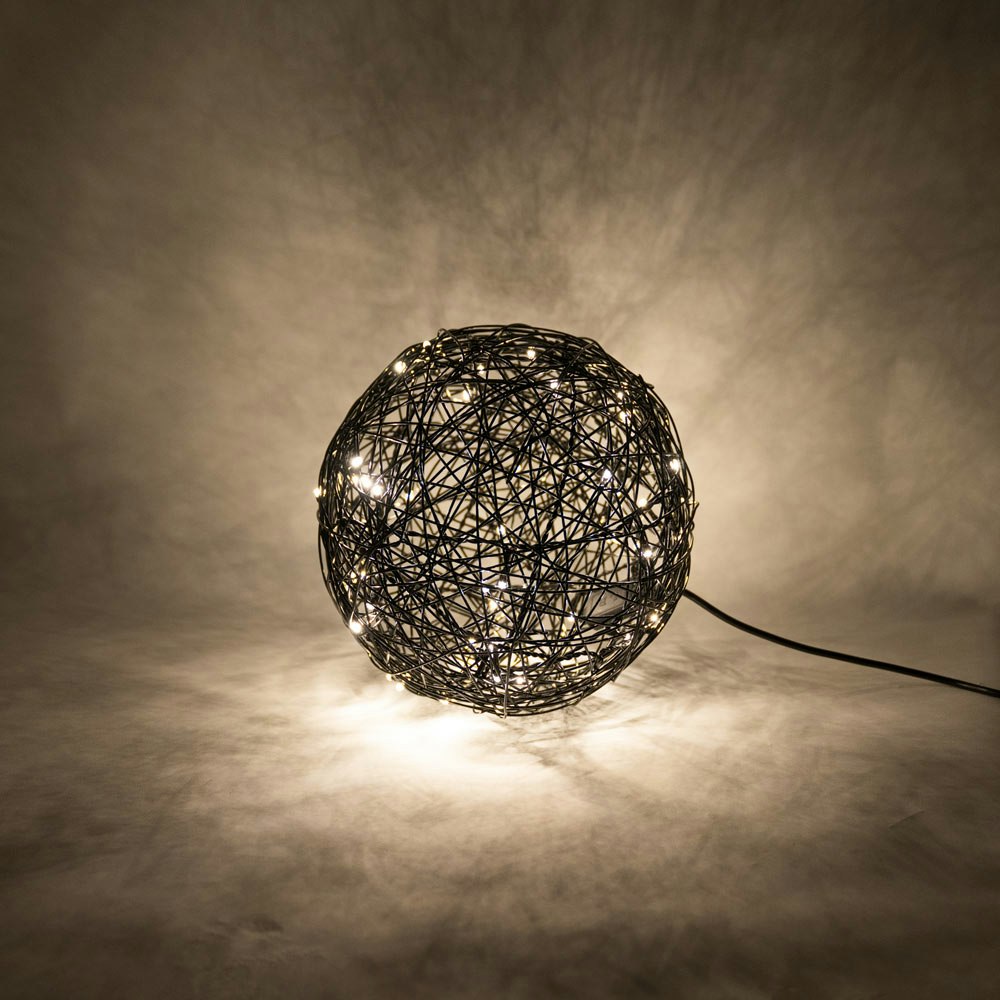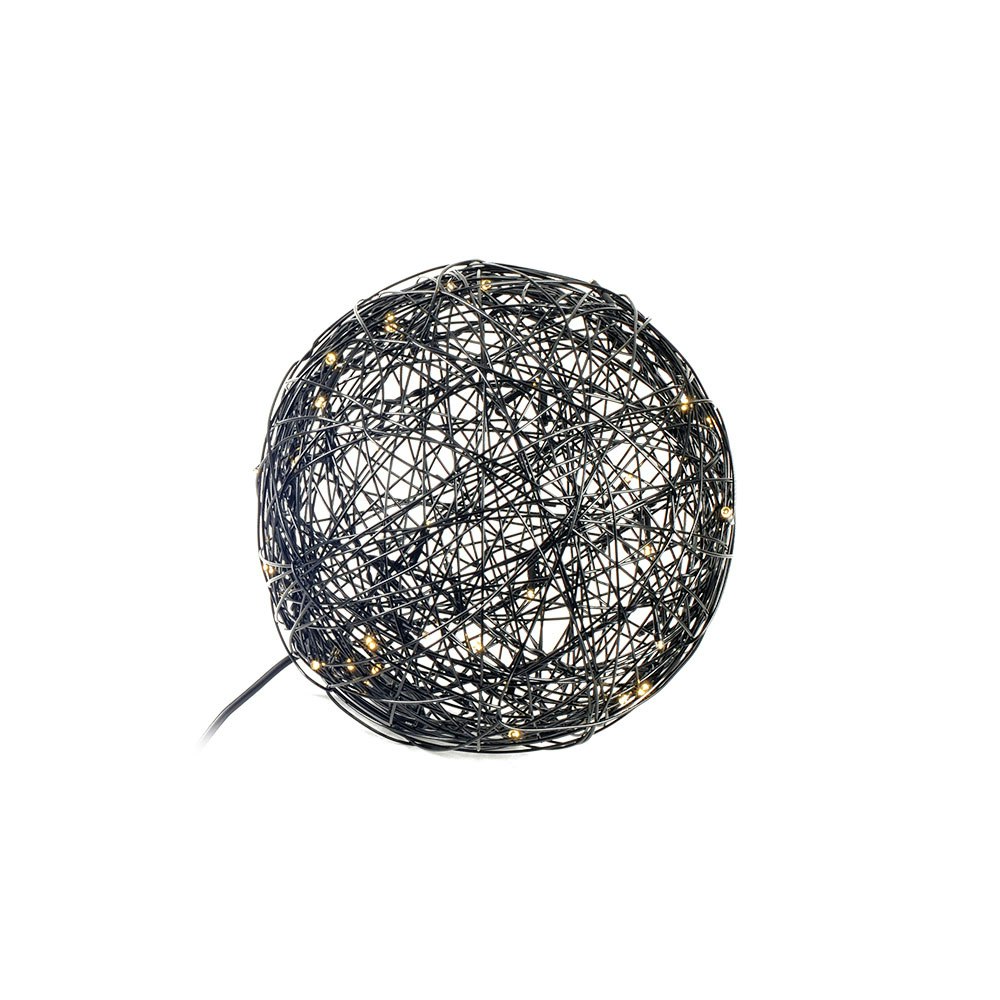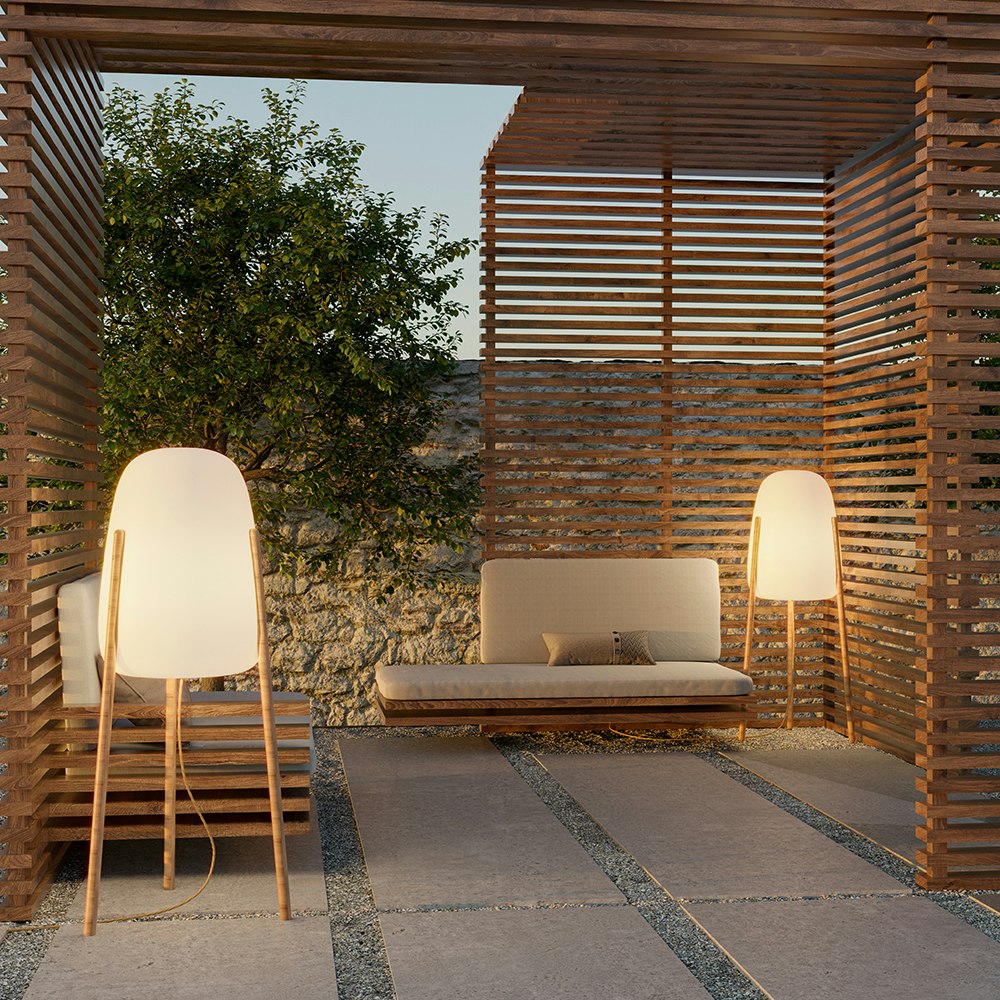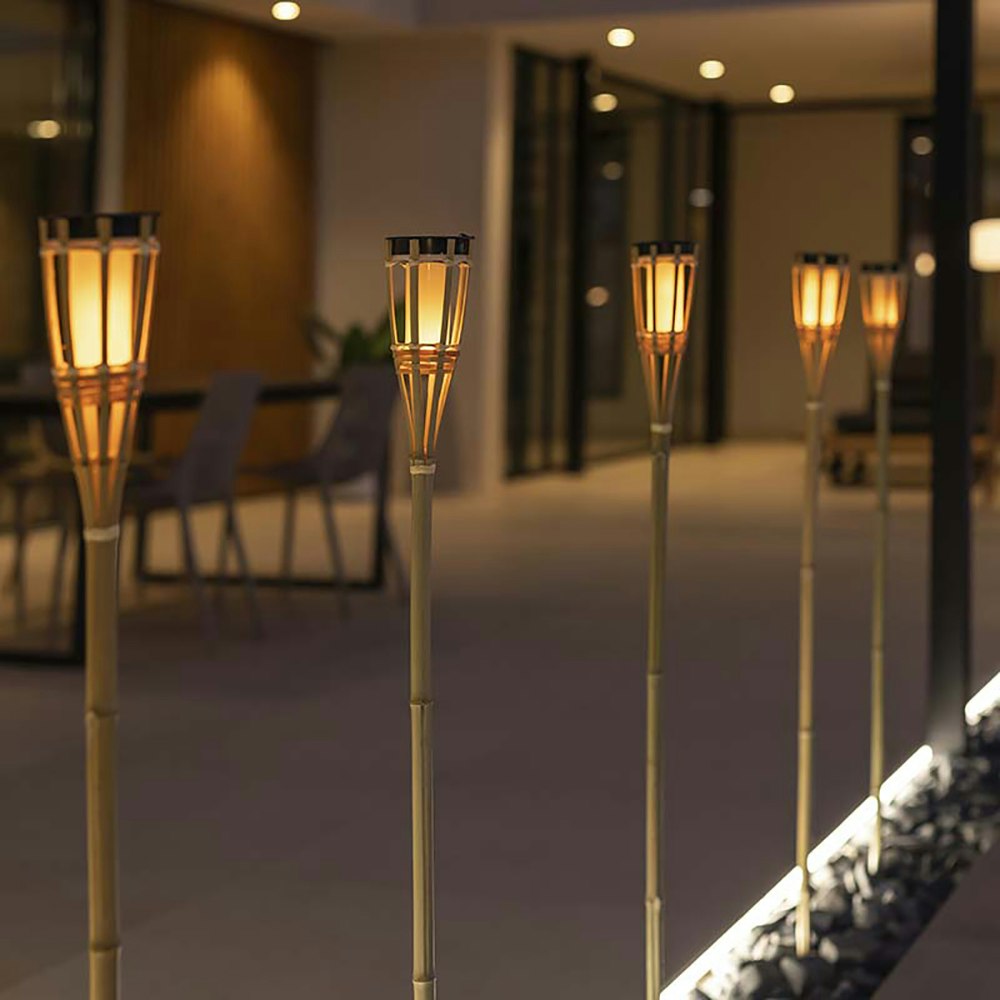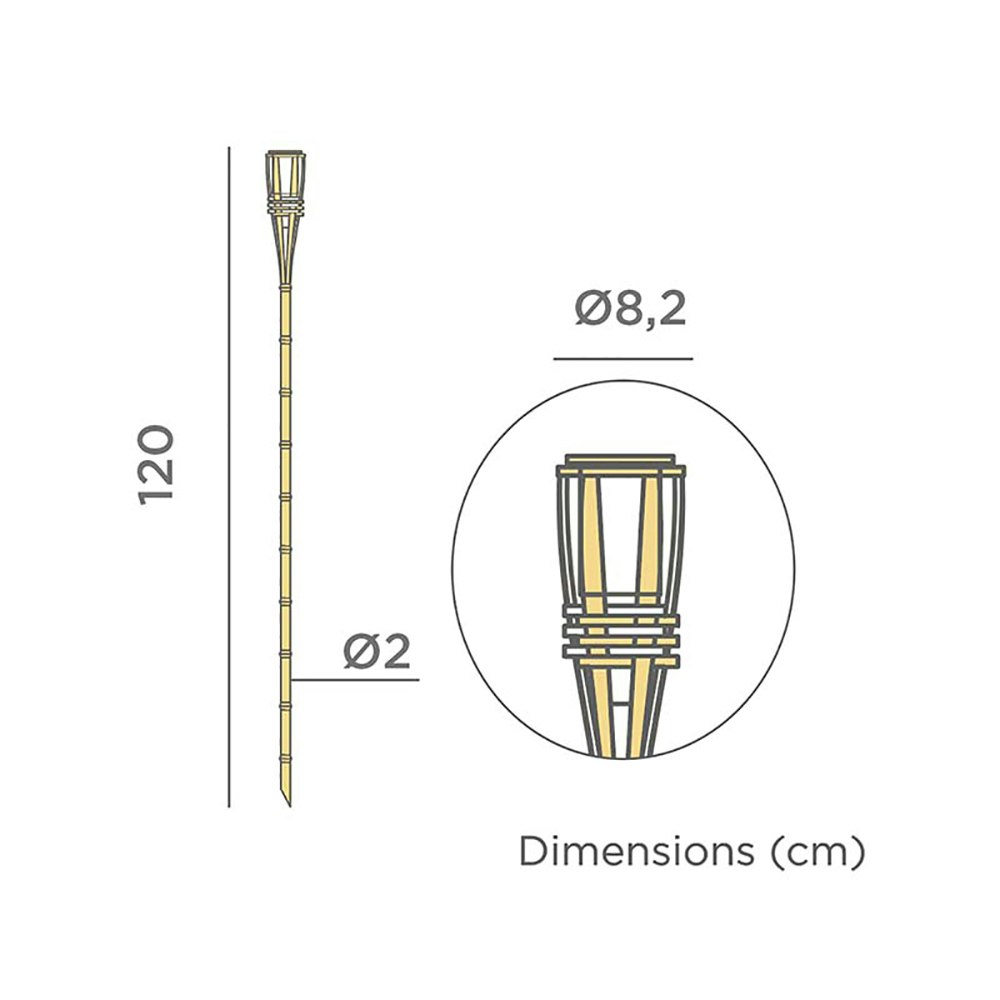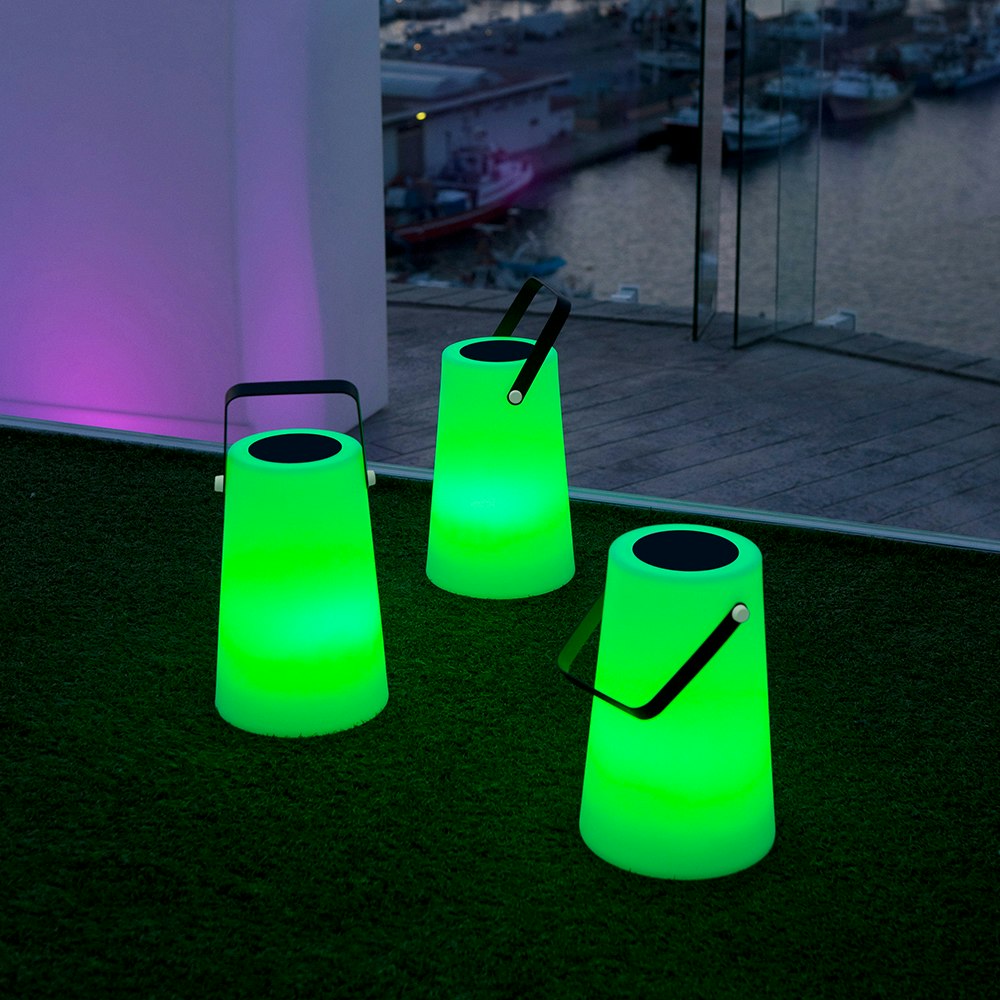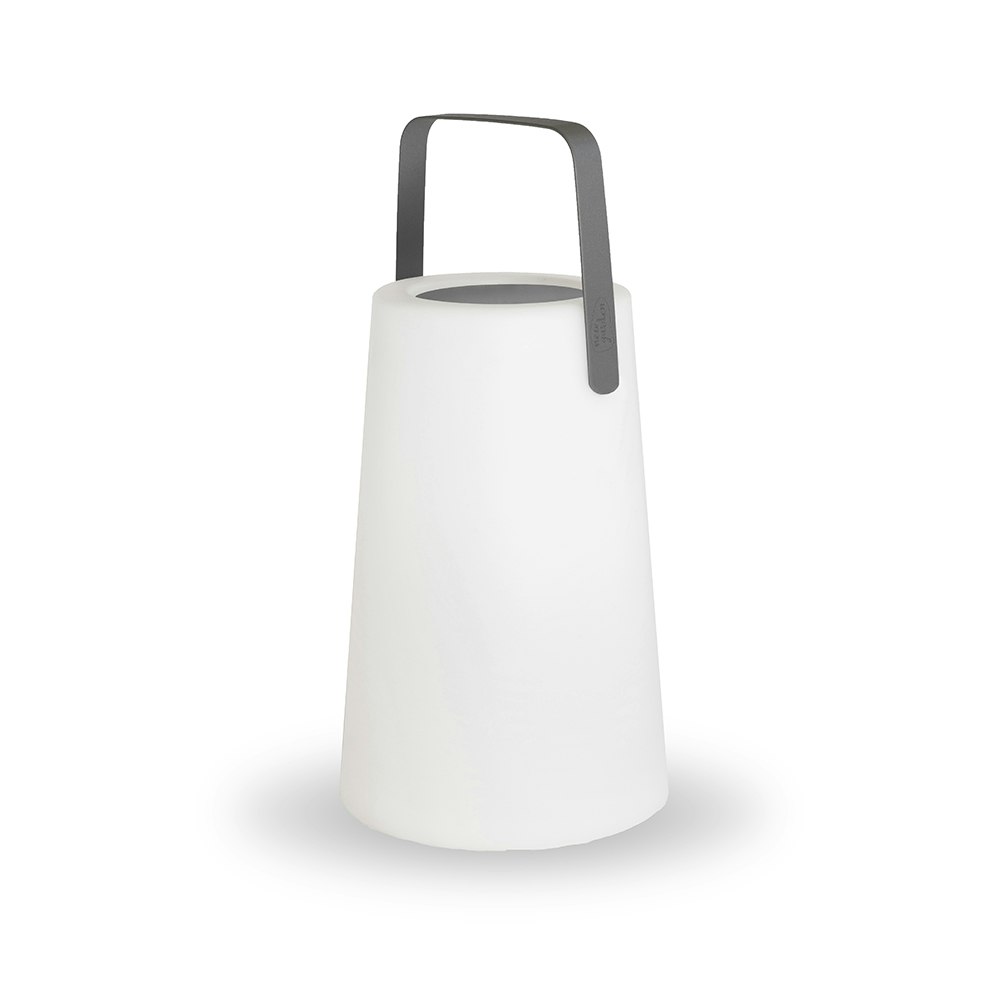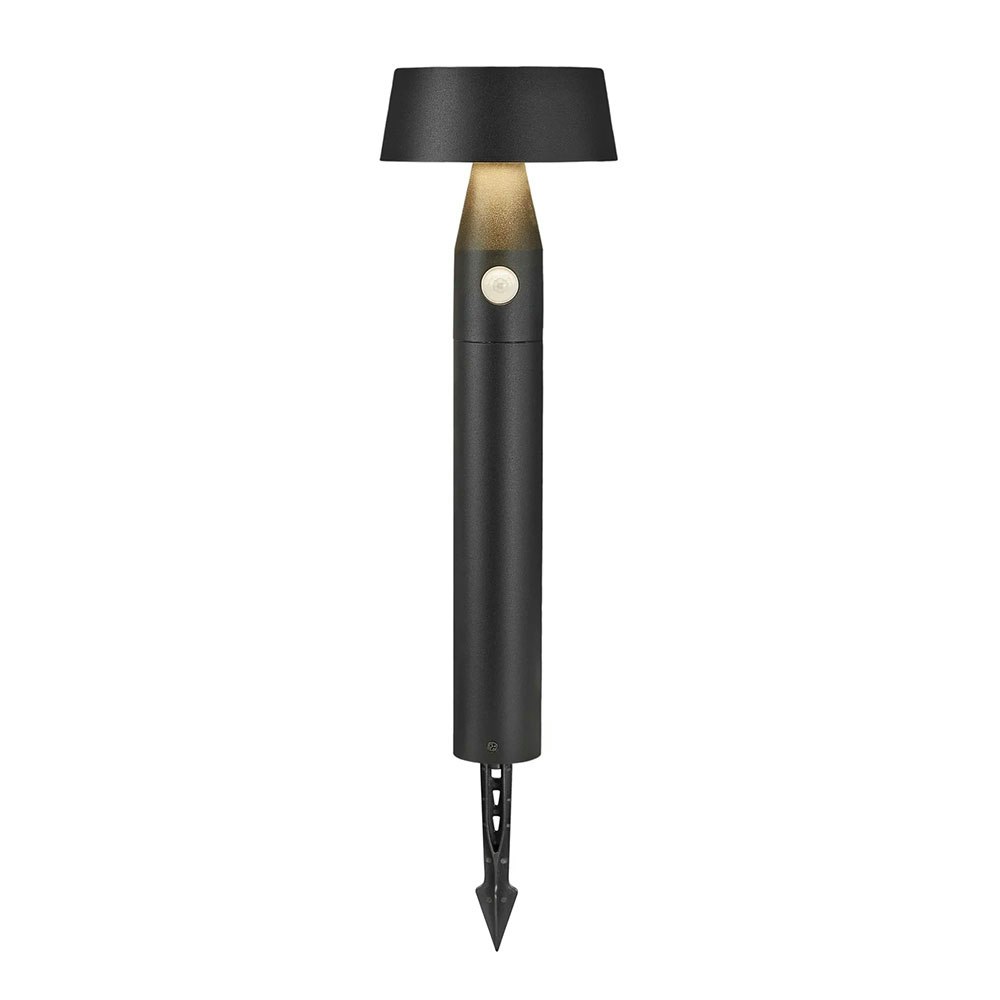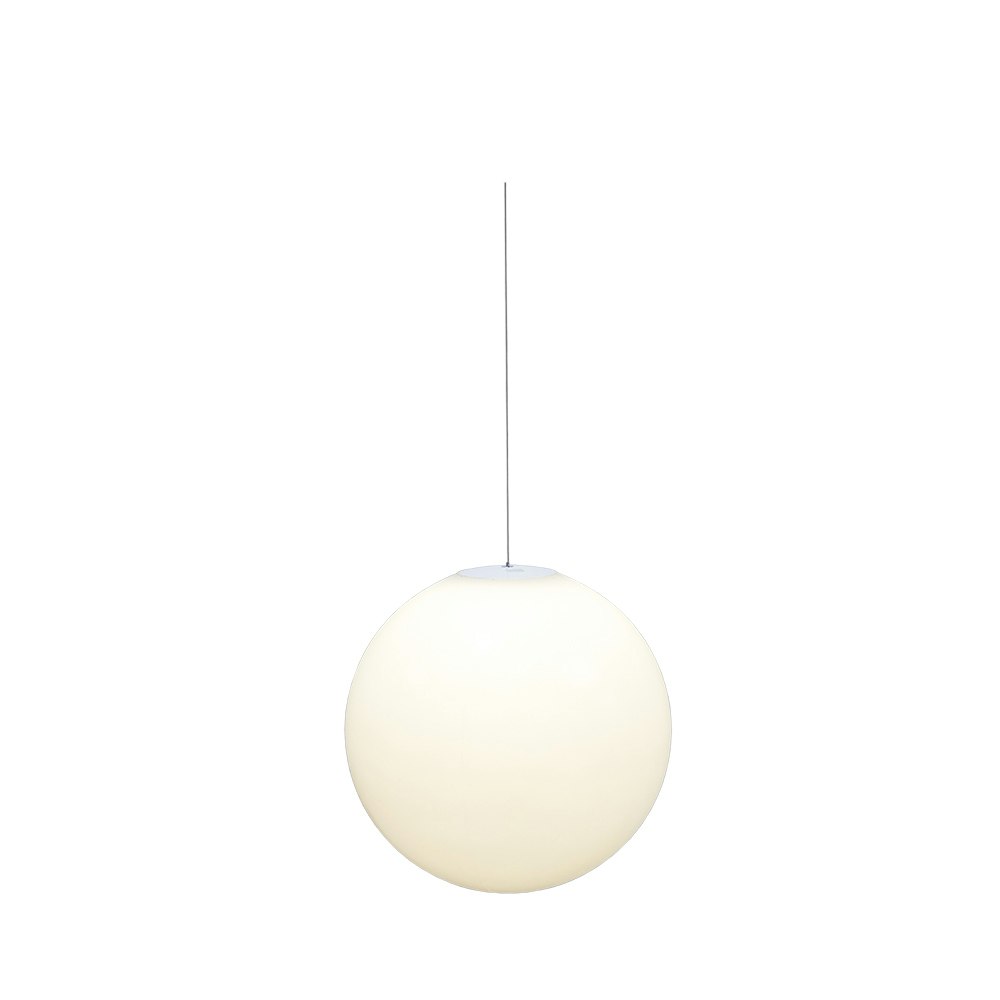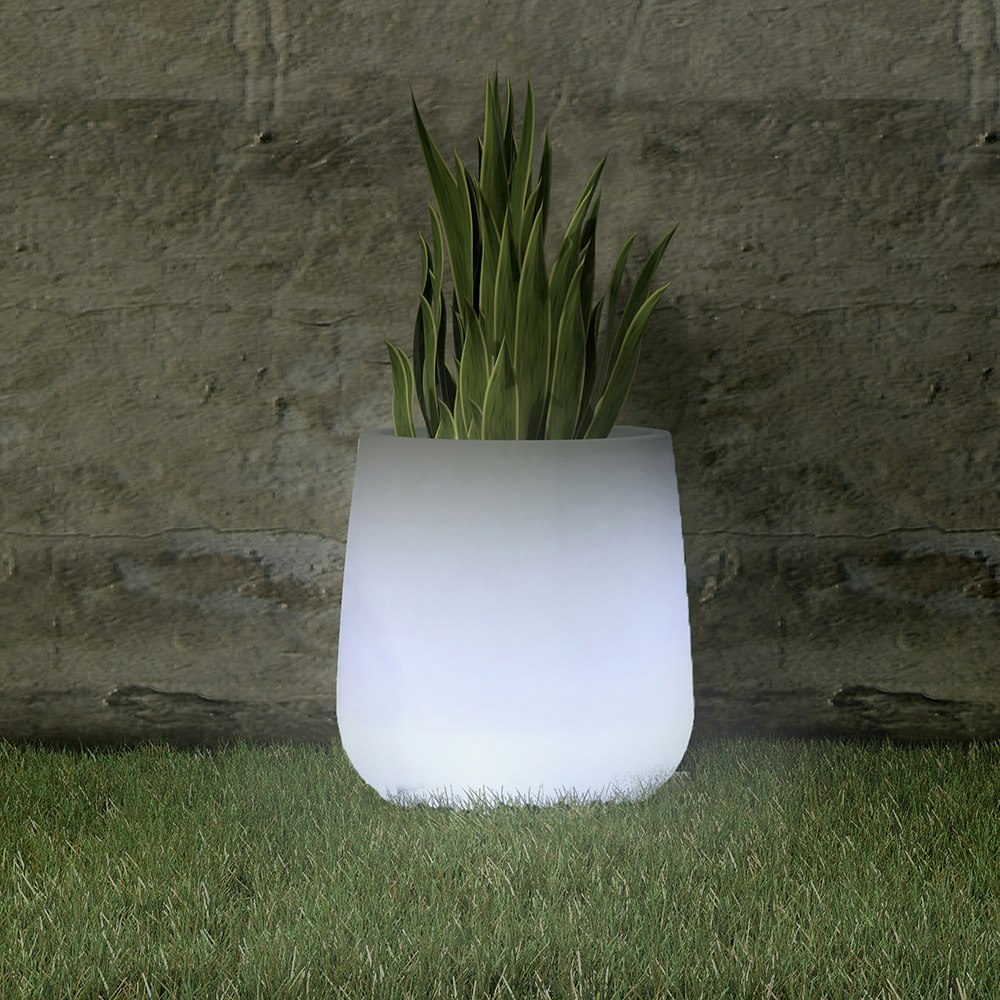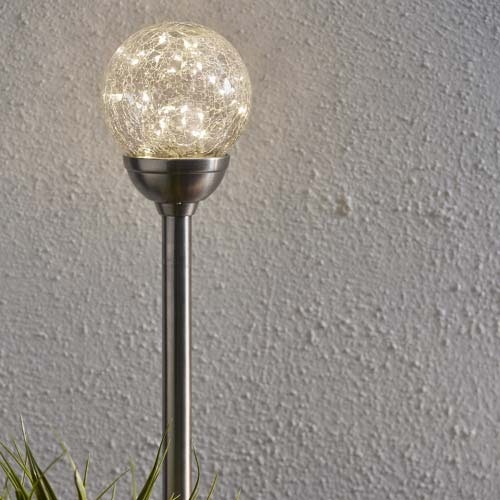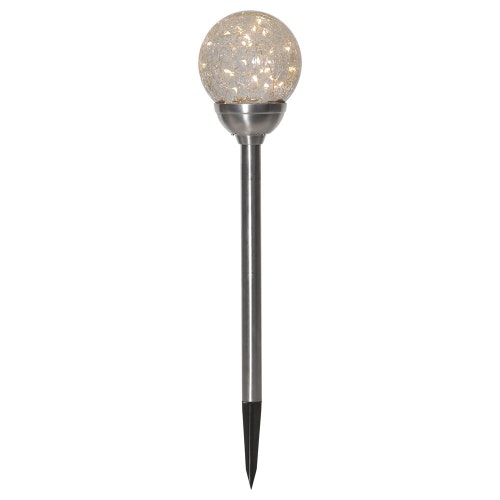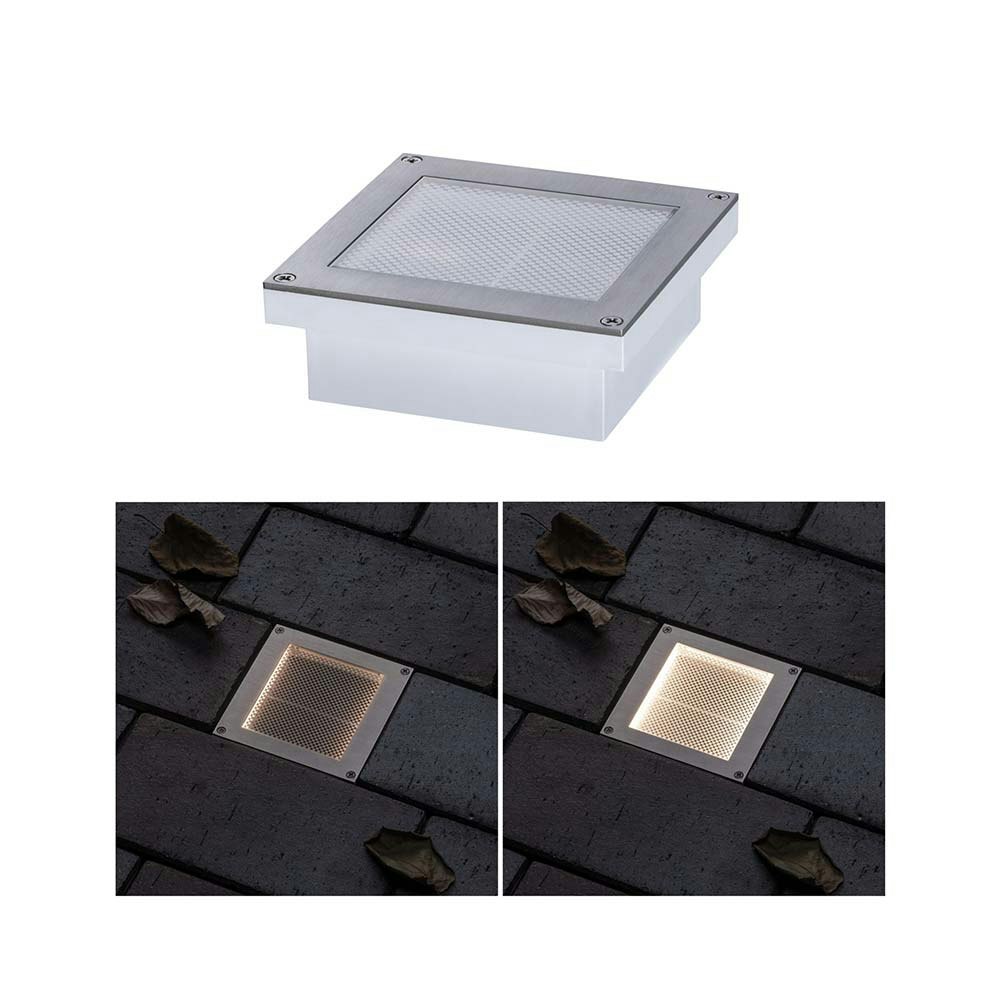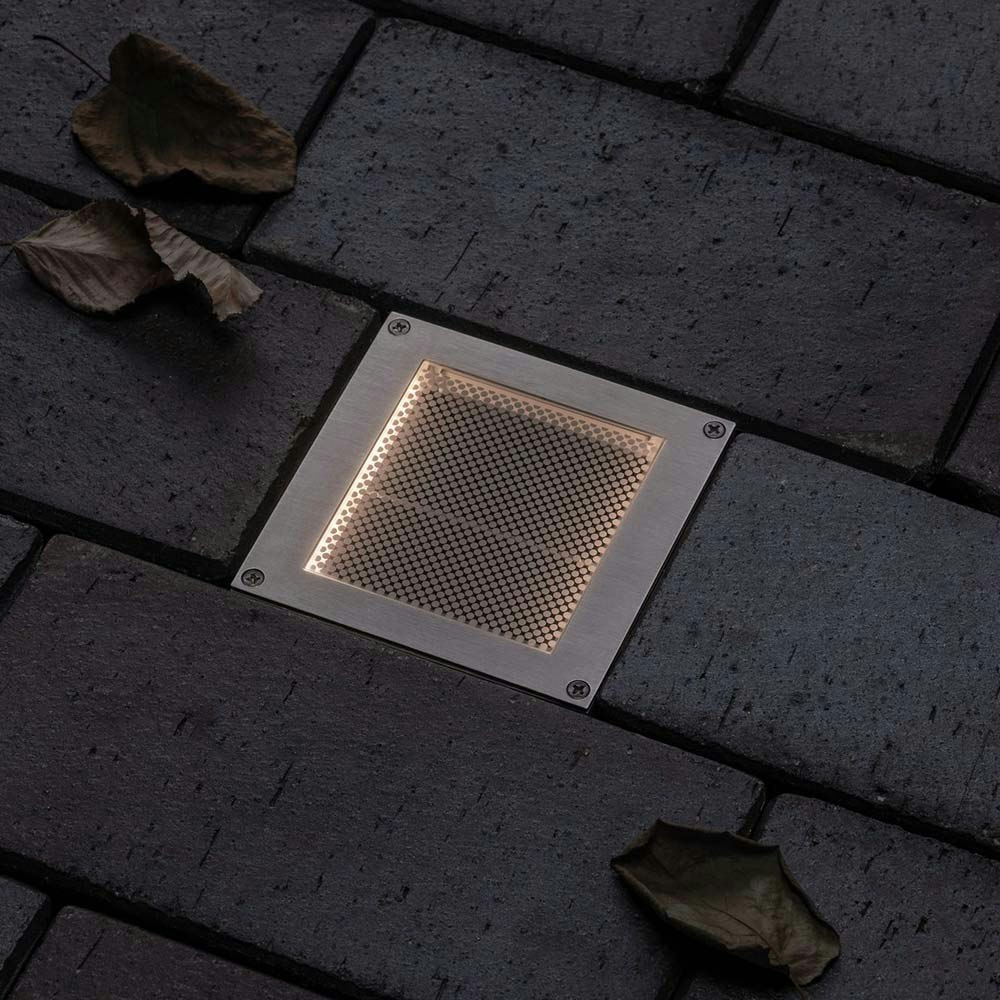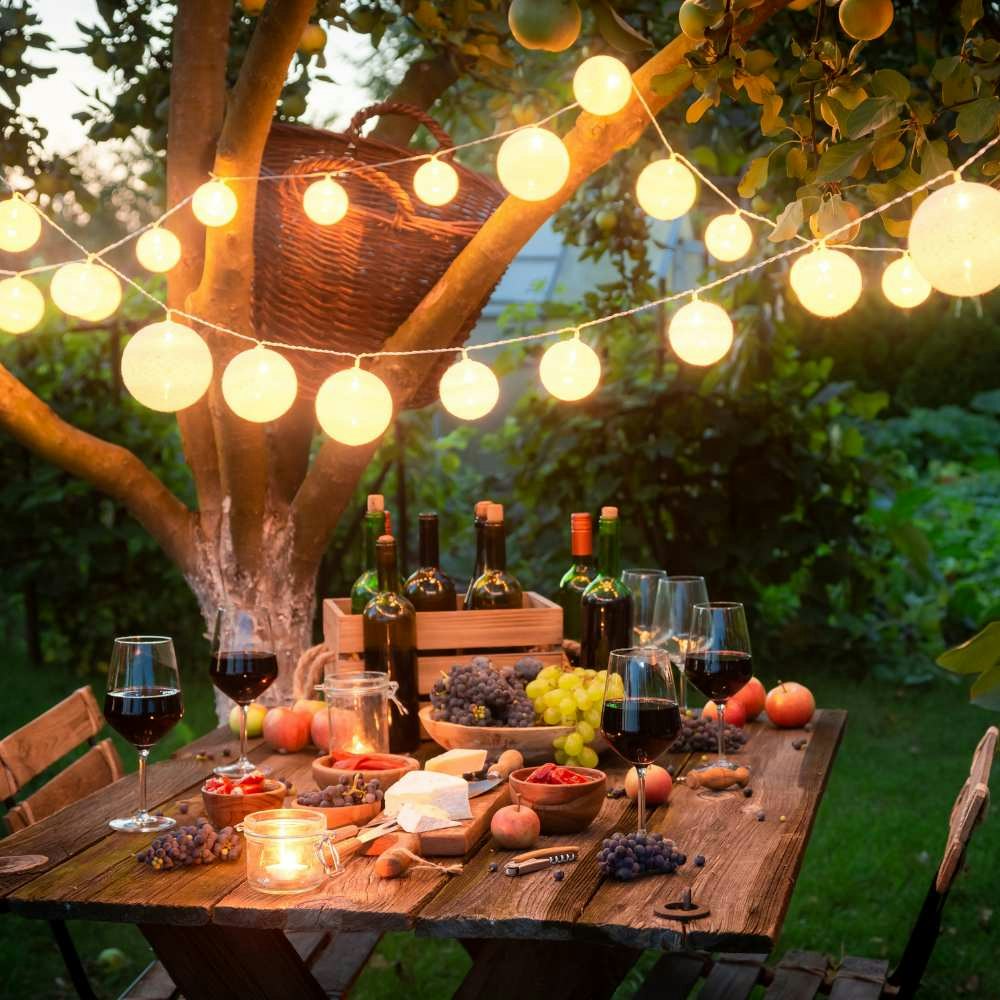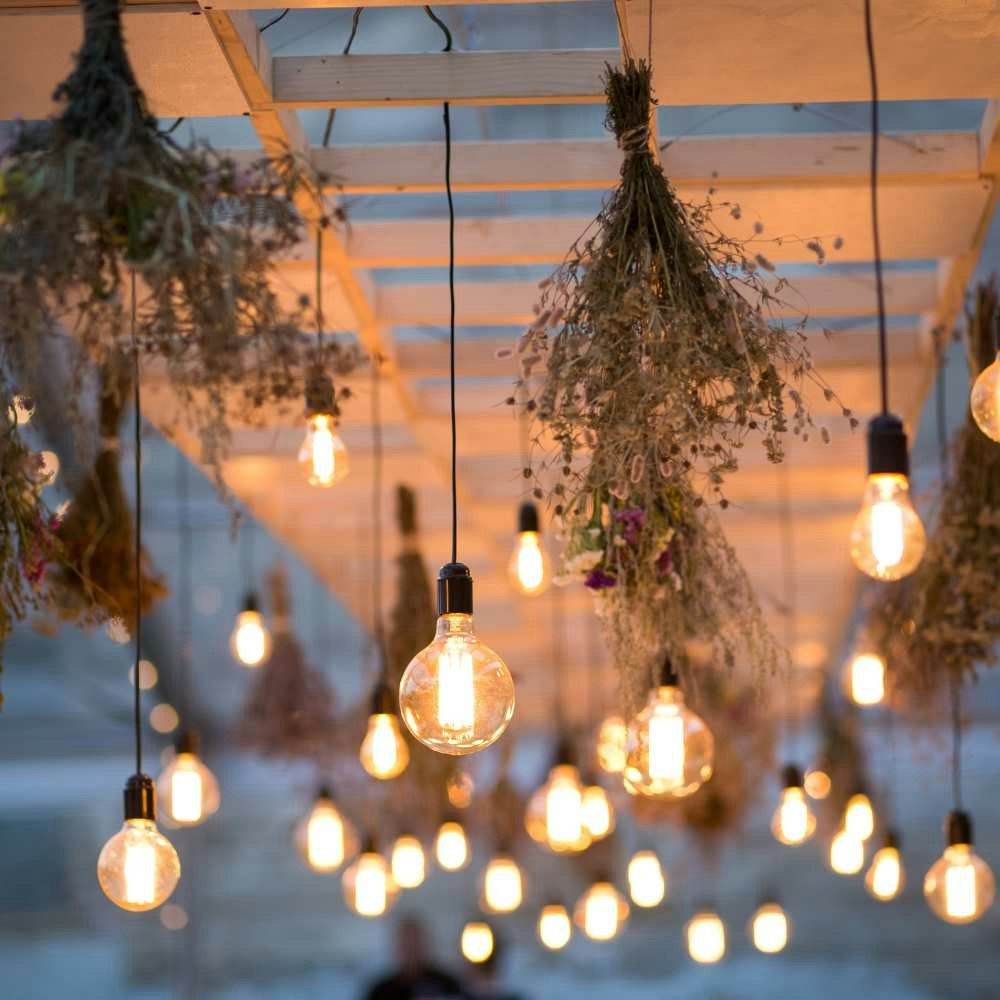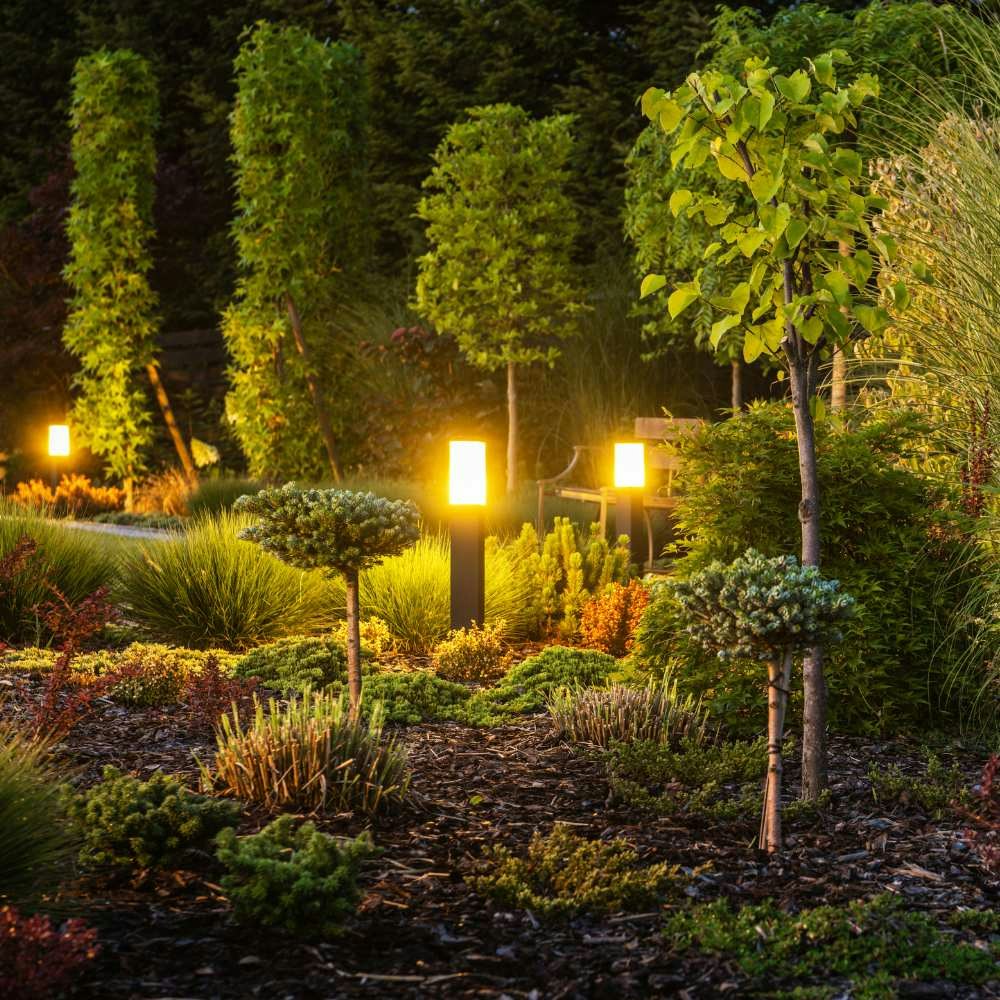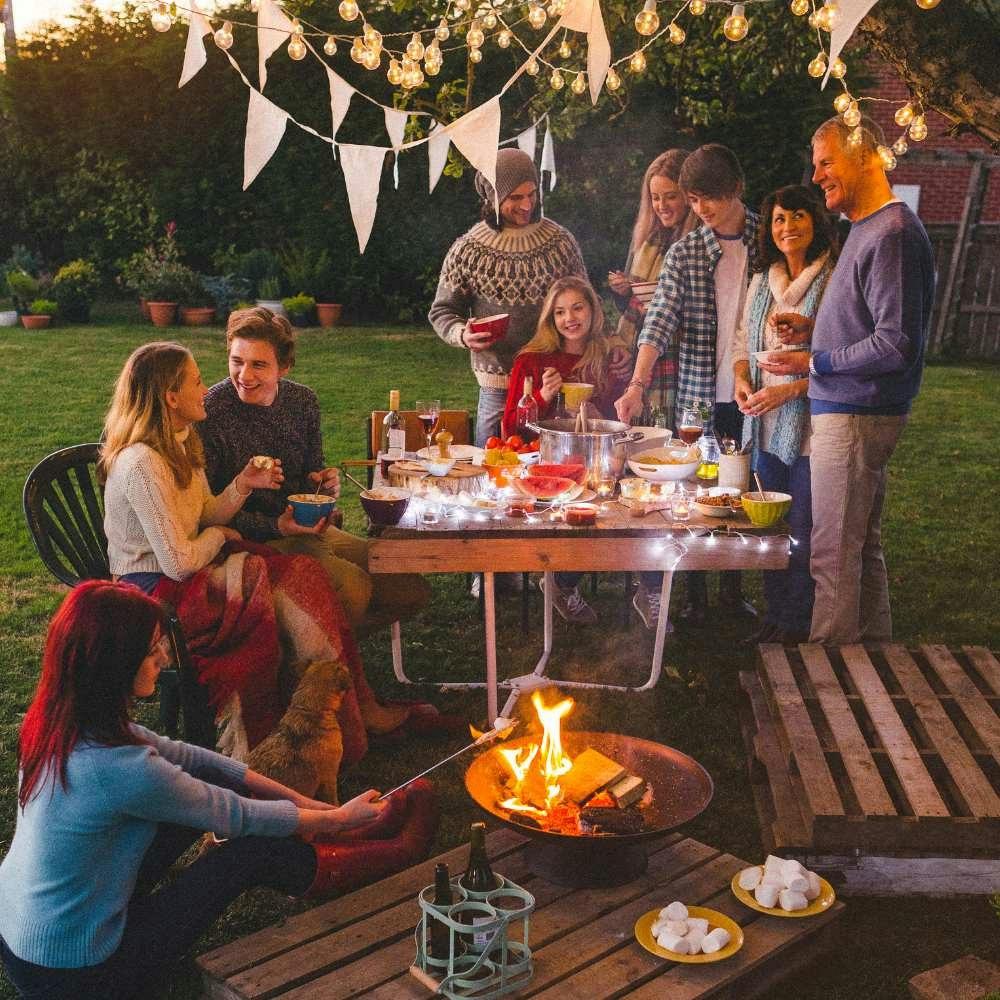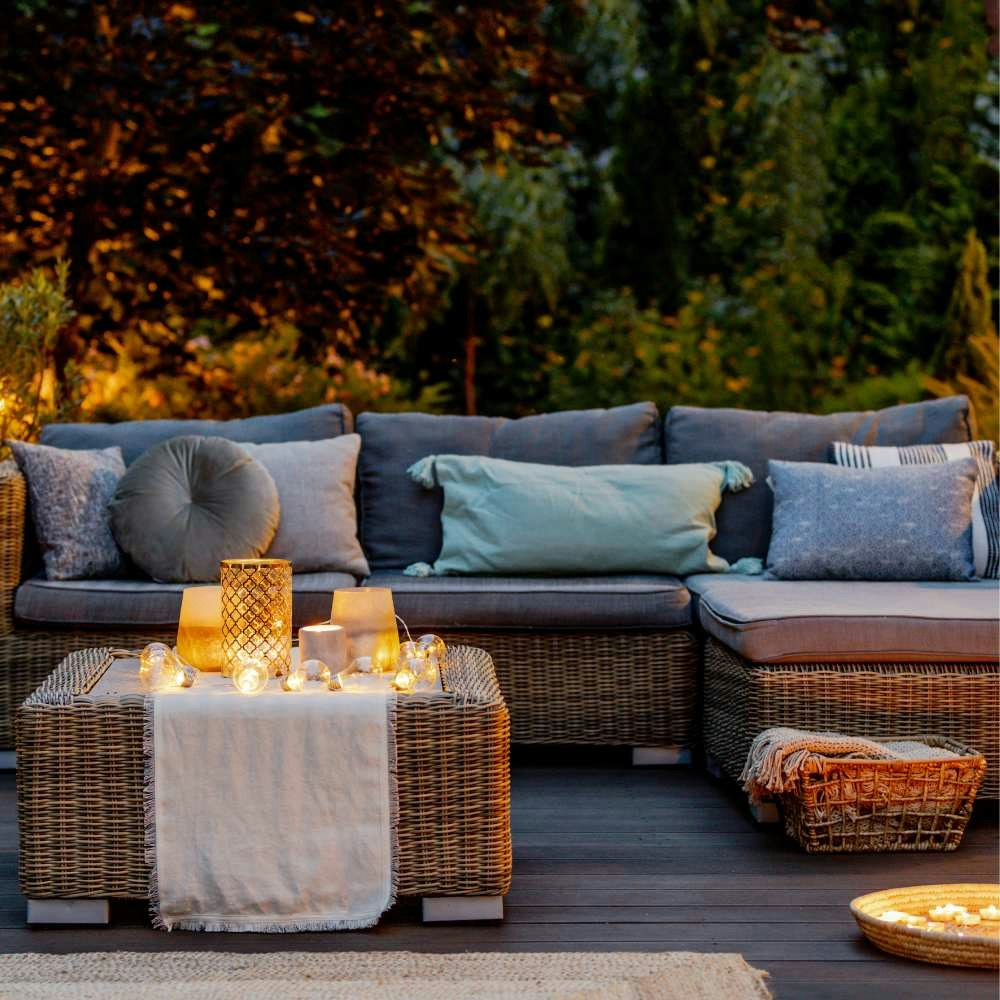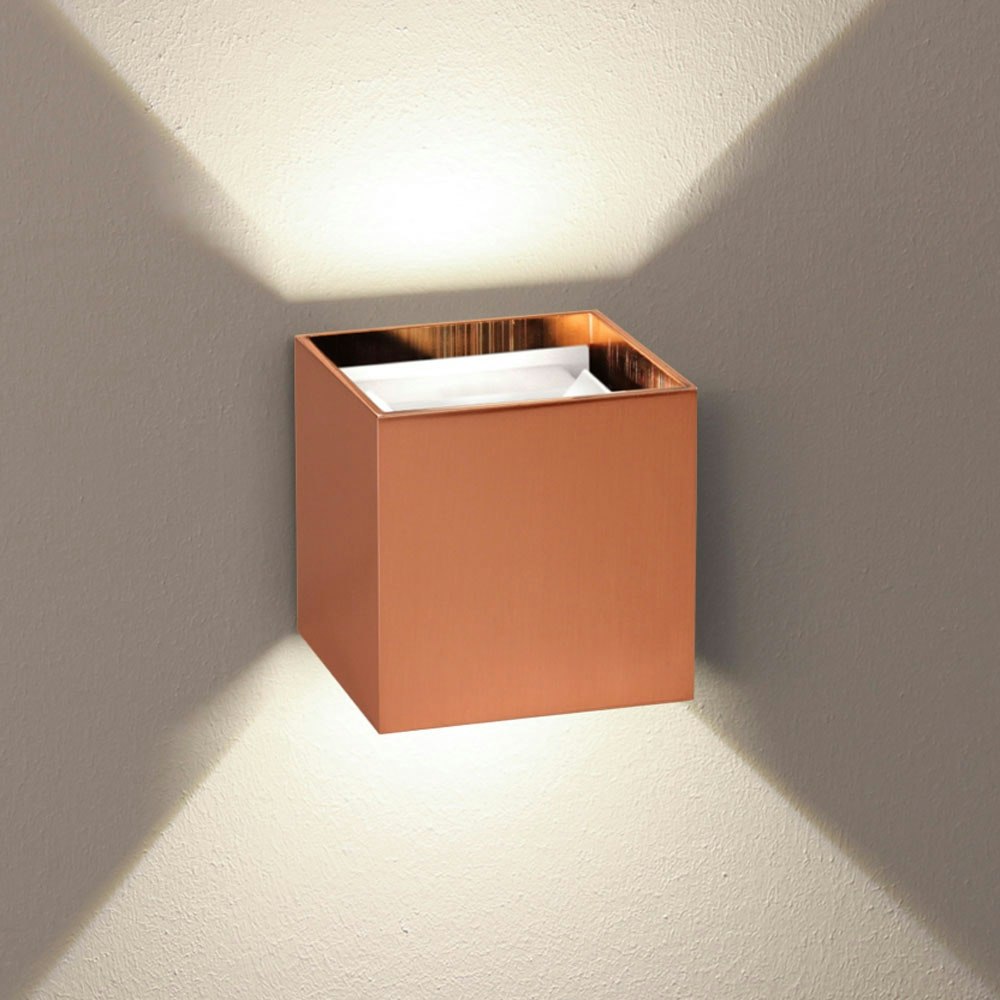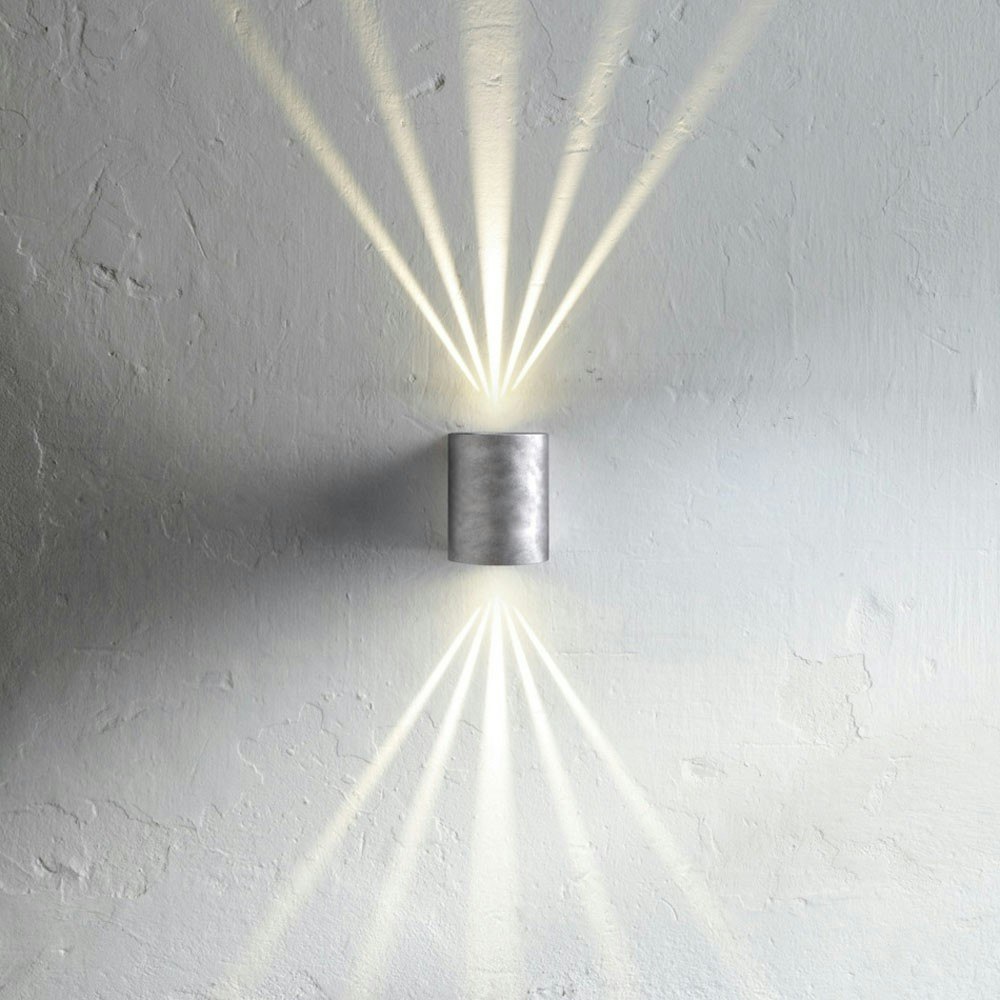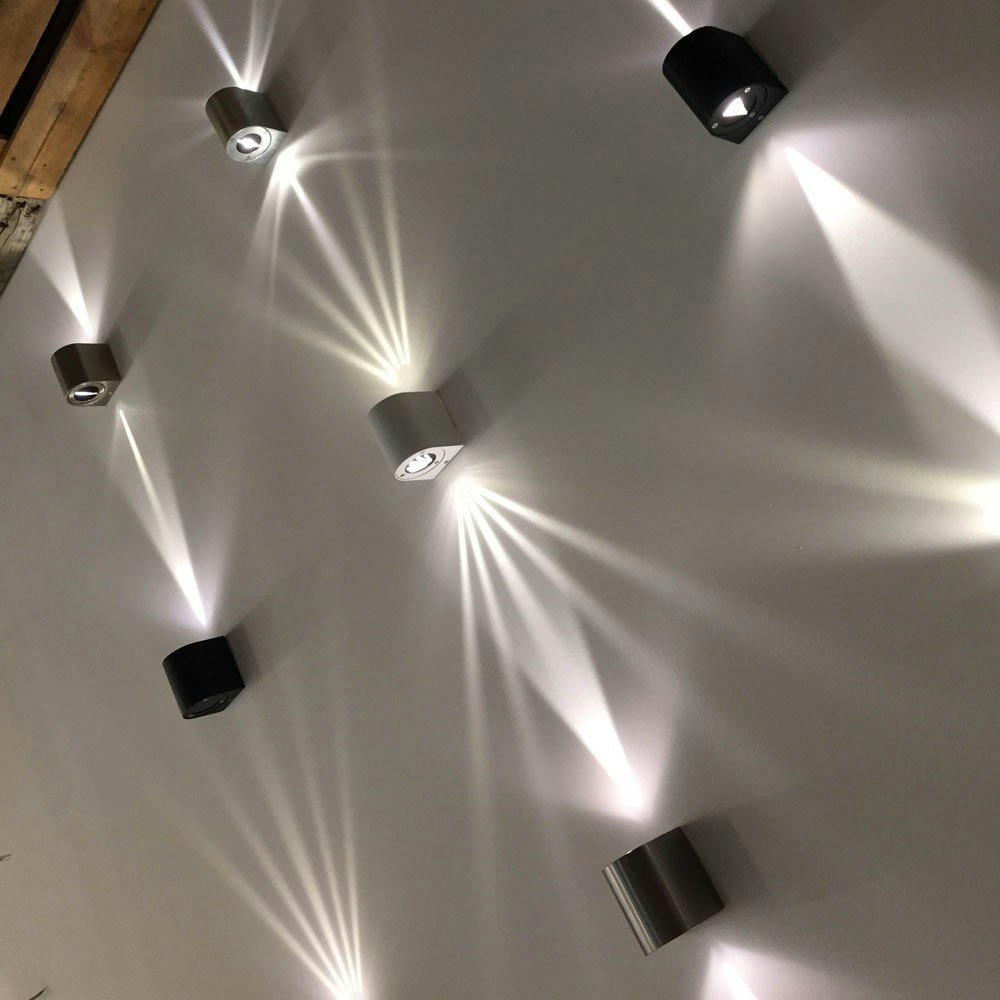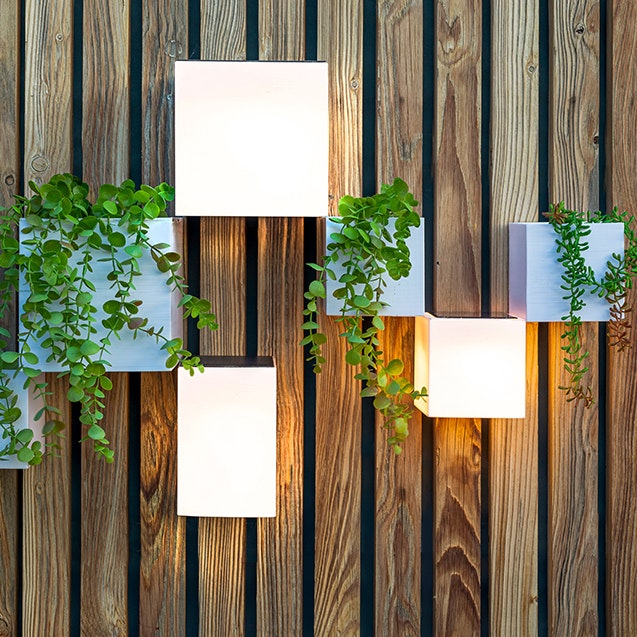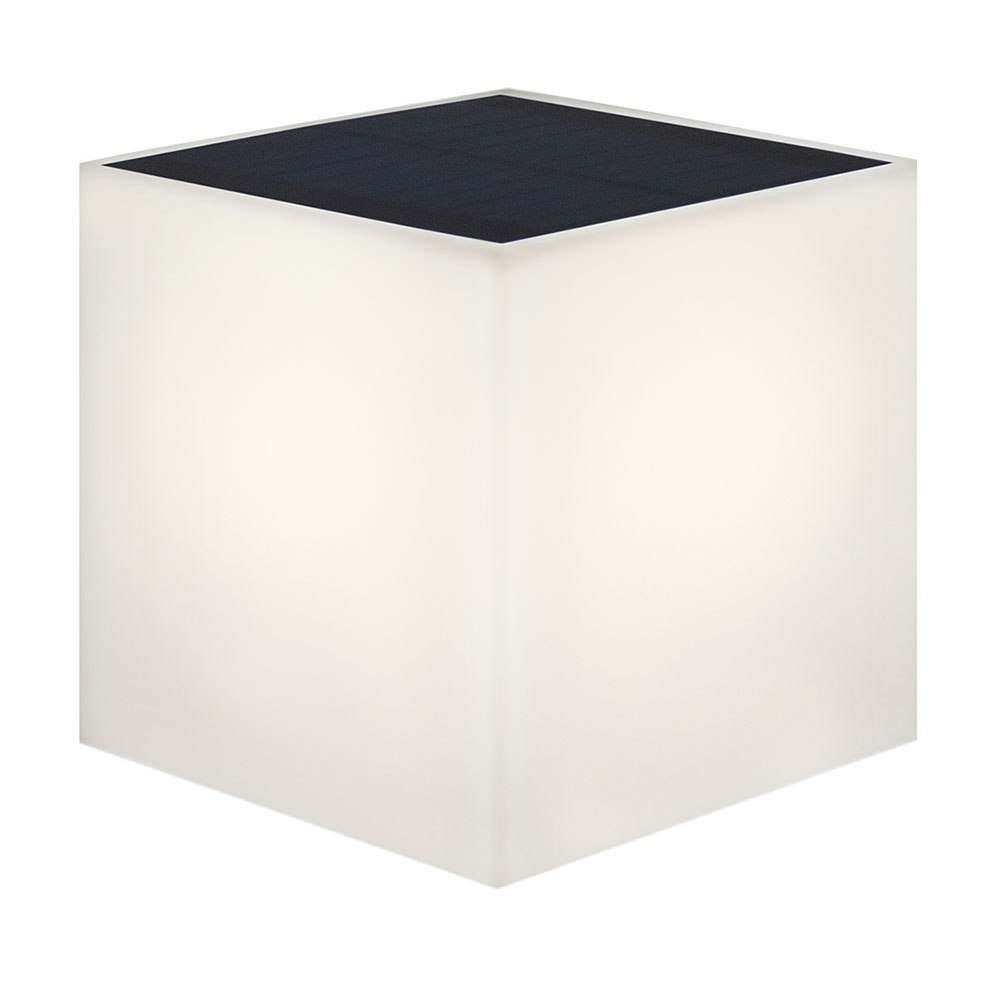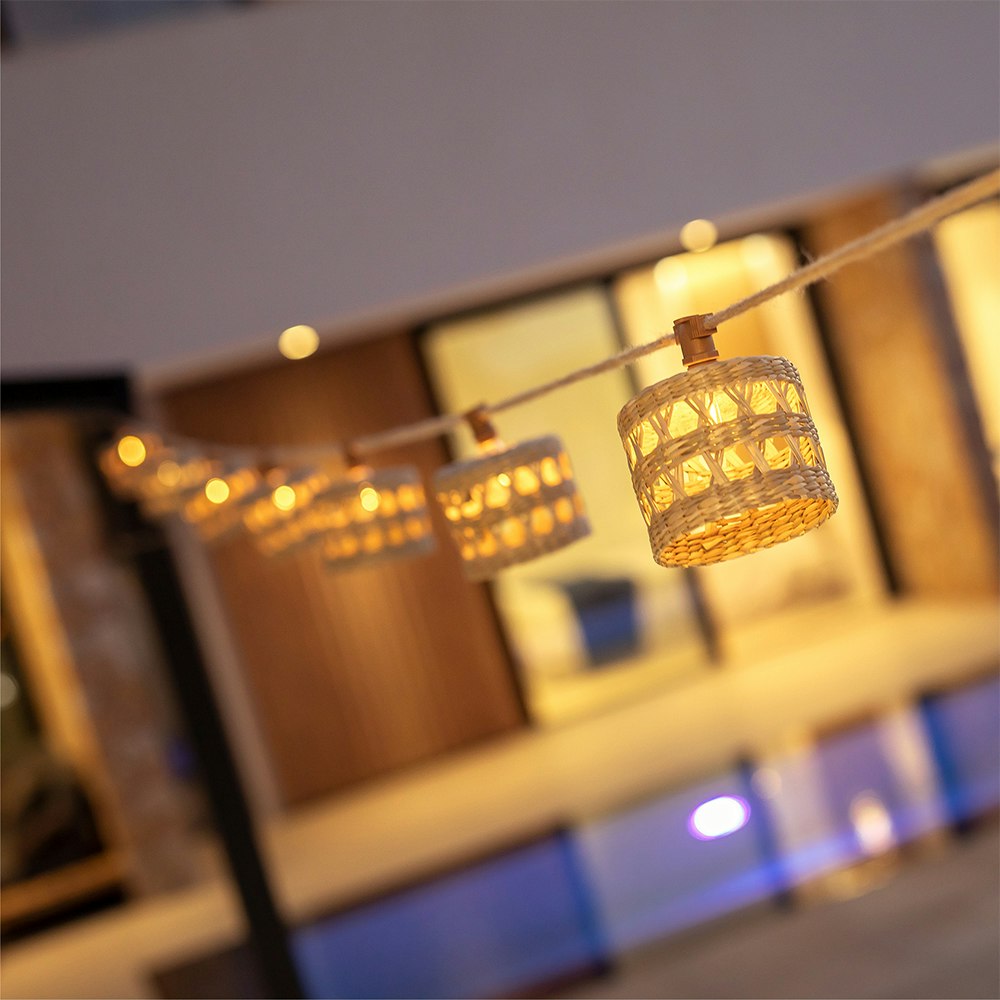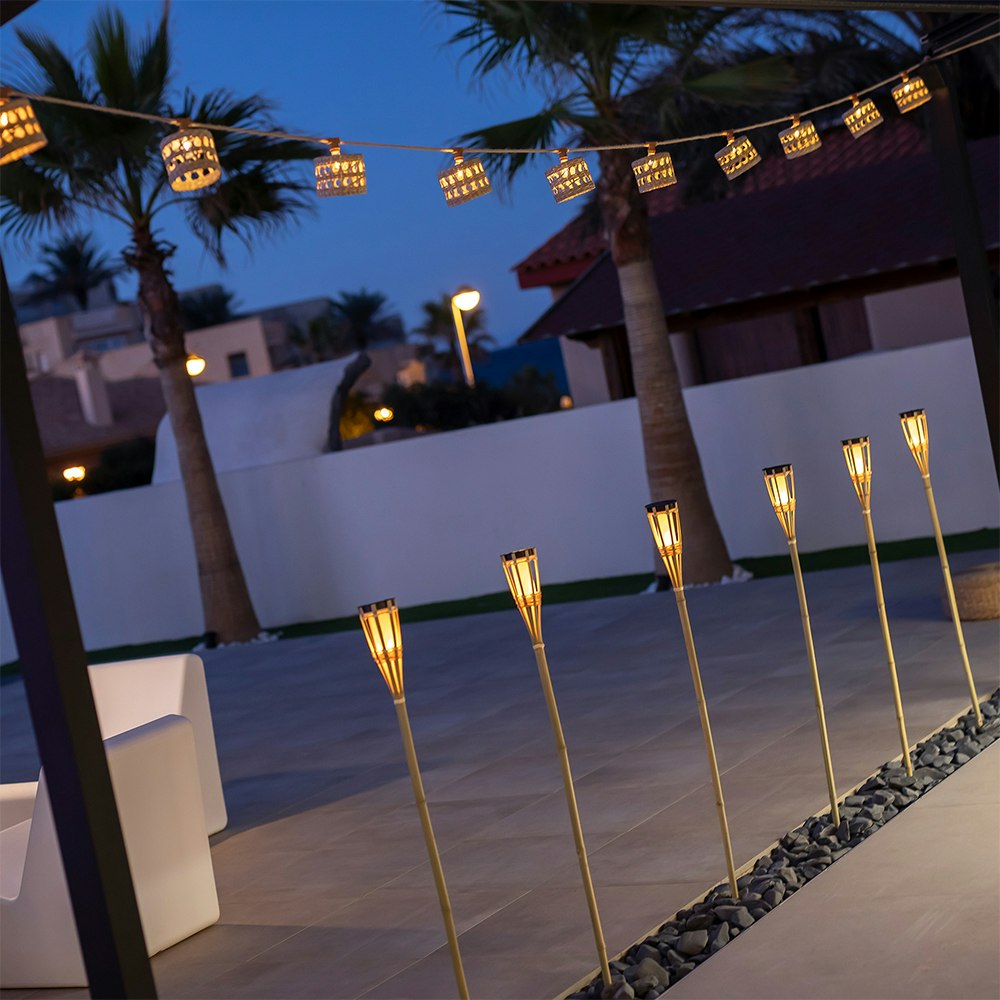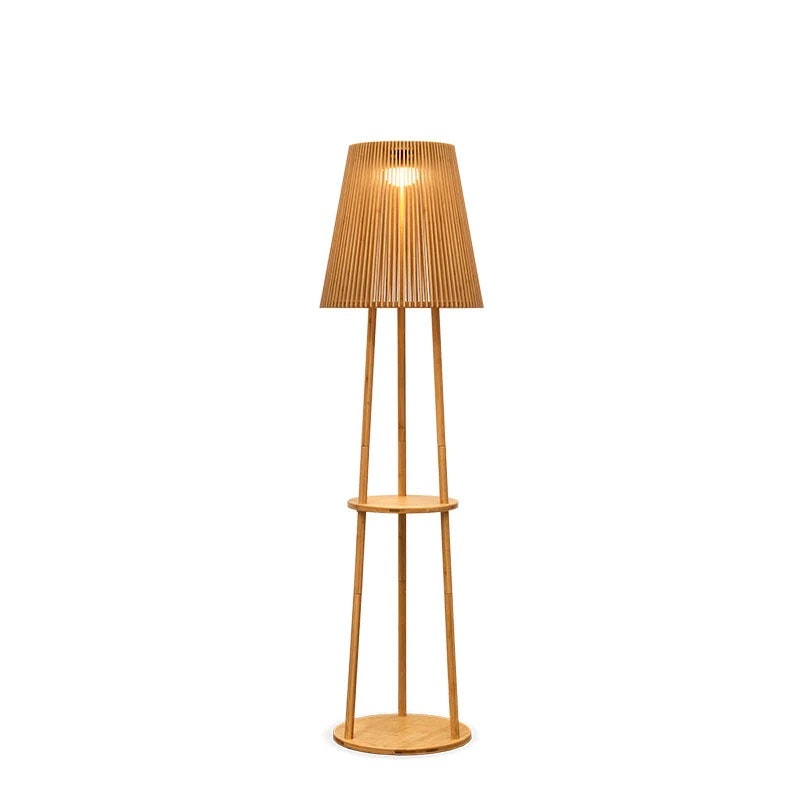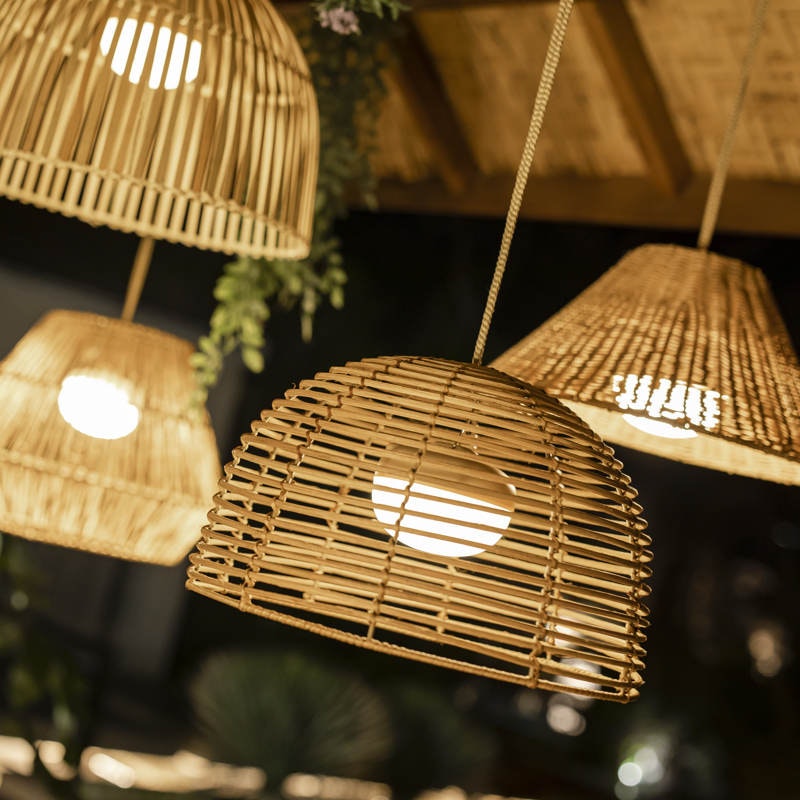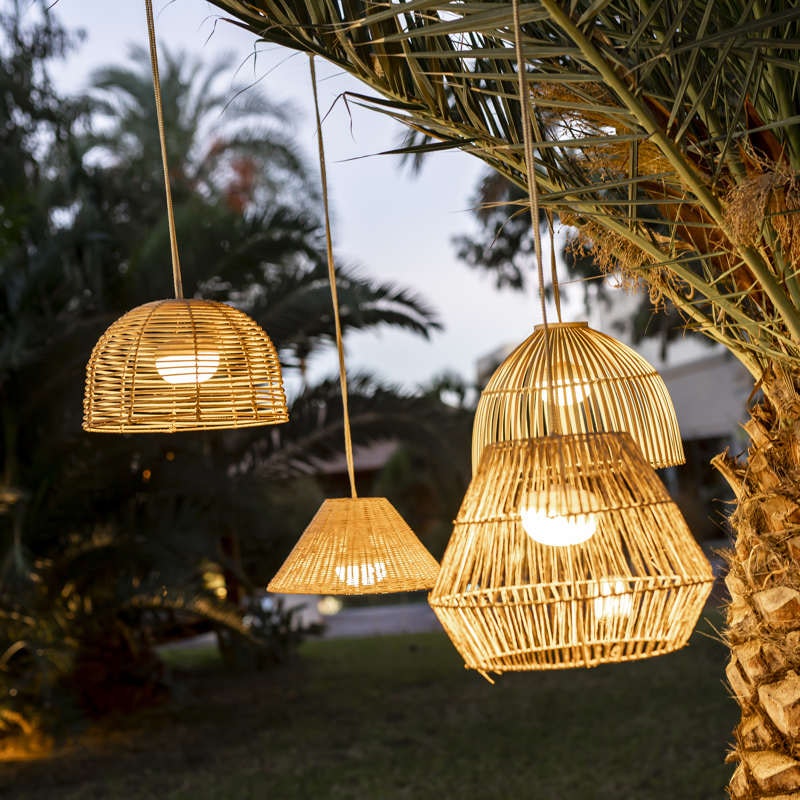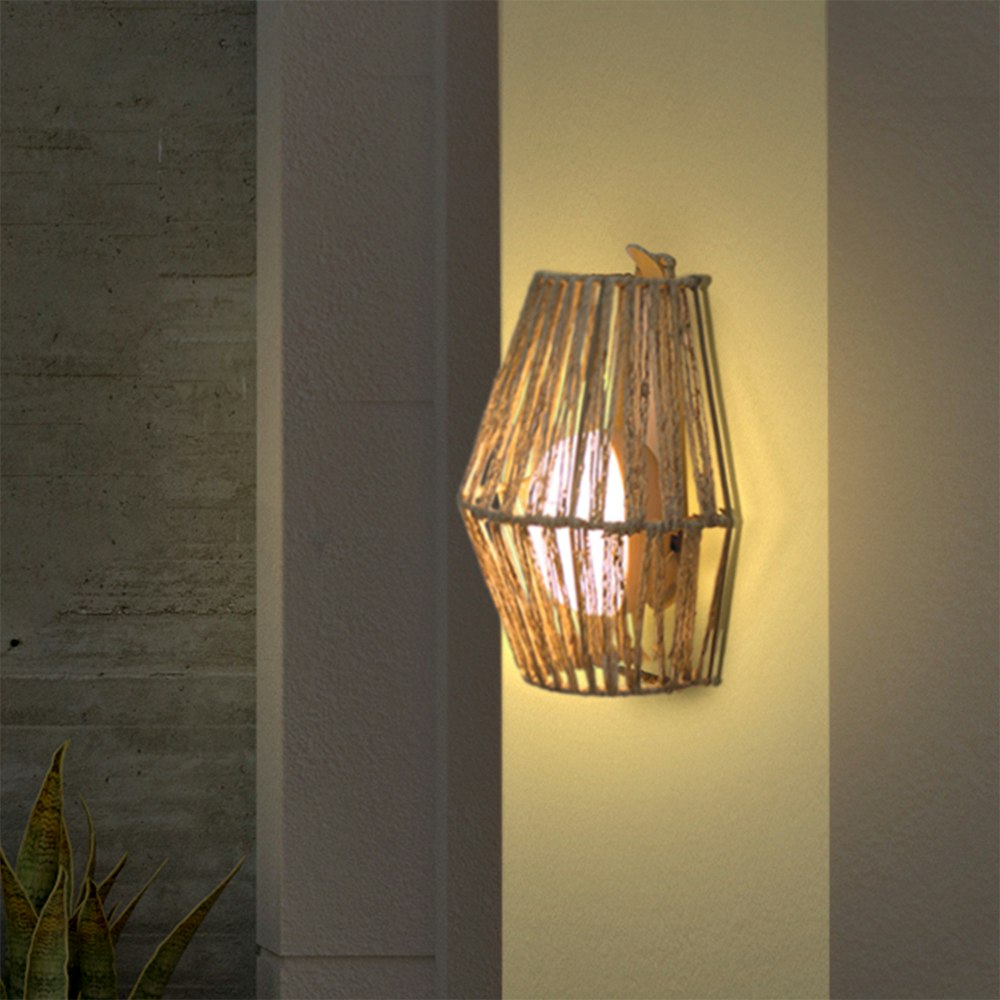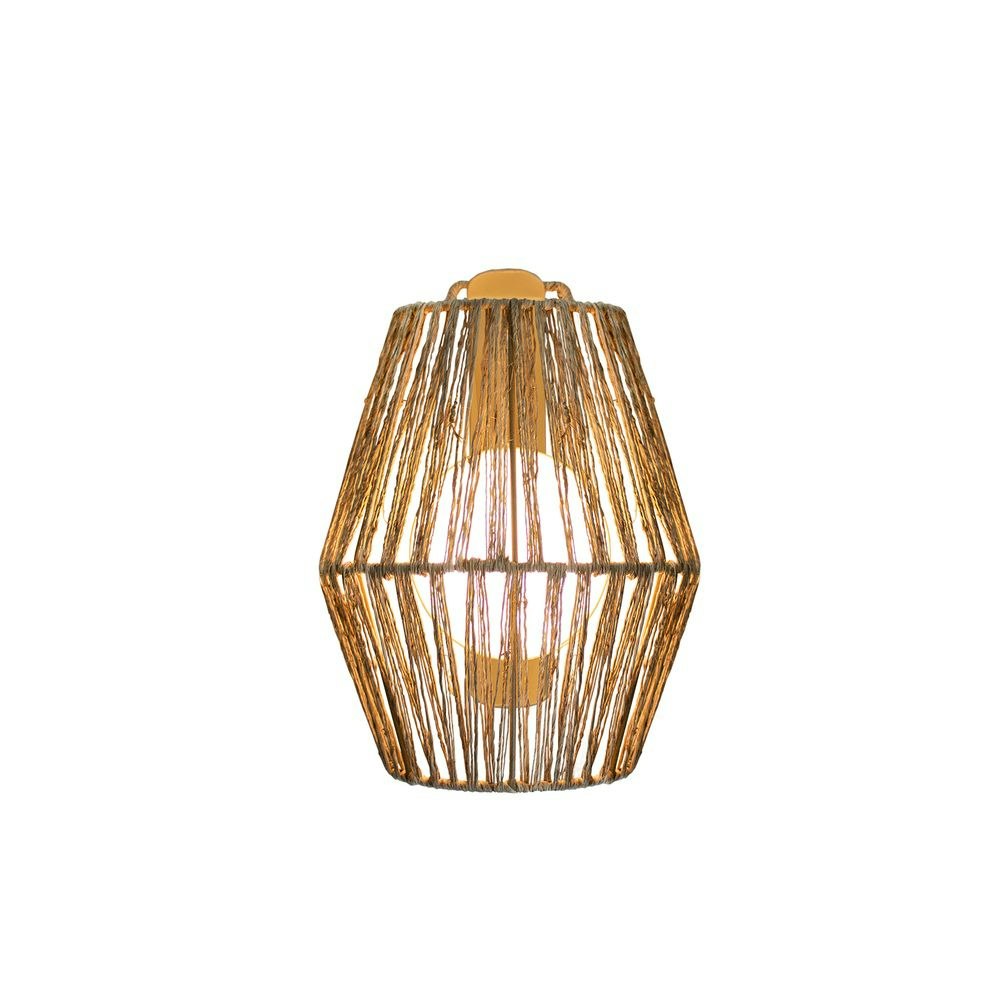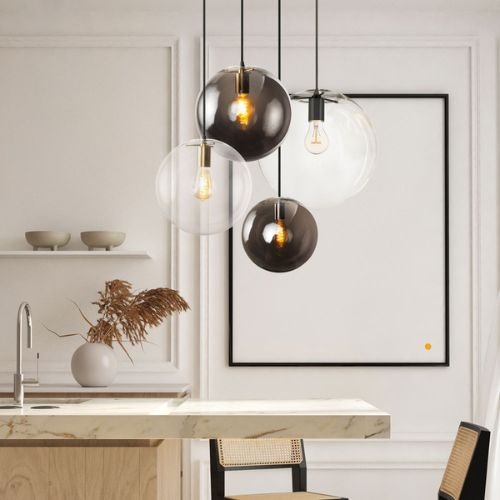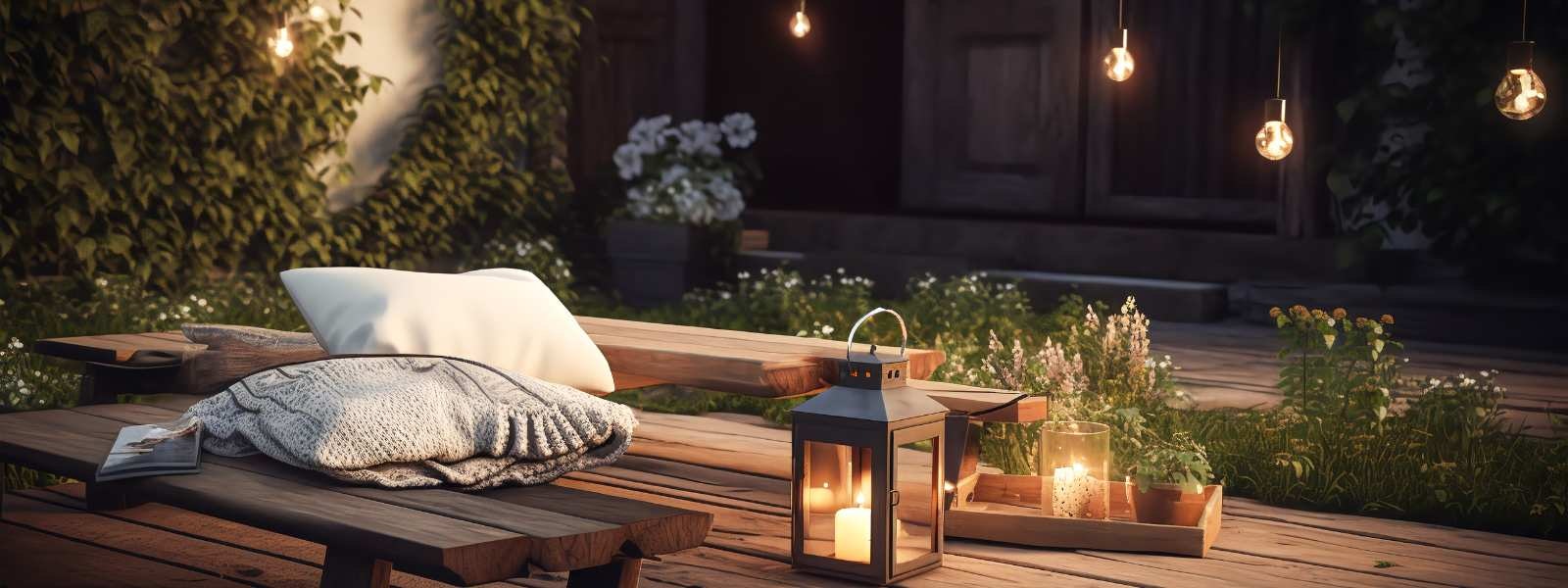
Garden shed lamps: Lighting for the allotment garden with a guide to the perfect garden atmosphere
The art and science of allotment garden lighting: aesthetics, planning and sustainability for a harmonious garden experience
Allotment garden lighting is far more than just an aesthetic feature; it is a harmonious fusion of art and science that forms the heart of any garden. When the sun goes down, choosing the right lighting brings the garden to life. From twinkling light trails that illuminate the path to carefully placed accent lights that accentuate the splendour of the flora, the options are as varied as nature itself.
But there's more to it than beauty. Lighting an allotment requires careful planning and knowledge of the different elements. Do you want to create a warm and inviting ambience? Then warm white lights could be the answer. Are you worried about insects being attracted to your lights? Yellow light tones or insect-resistant lamps could be your solution. Even the plant growth aspect can be taken into account with special growth lamps or timed lighting.
And then there is the trend towards sustainability. More and more garden lovers are turning to eco-friendly options like solar lights or recycled products. Even DIY enthusiasts are finding joy in creating their own unique lighting solutions, whether by using canning jars or old wine bottles. Technology has also found its way into allotment gardens.
Smart Lighting allows you to control colours and brightness from your smartphone, making garden lighting an interactive experience. Allotment garden lighting is therefore not just a matter of taste, but a careful consideration of function, form and even the environment. You combine the beauty of nature with the innovation of technology to create a space that not only pleases the eye, but also nourishes the soul.
Optimal lighting in the allotment garden: Importance, types, placement and environmentally friendly options
1. The importance of lighting in allotment gardens:
Lighting plays an important role in allotment gardens. Whether you want to garden later at night, invite friends over or just enjoy the beauty of your garden, good lighting makes it possible.
Safety: Correct lighting of paths, steps and entrances increases safety in the garden.
Aesthetics: Lighting sets off plants and decorations and creates a pleasant atmosphere.
Functionality: With the right lighting, you can also use your allotment garden after sunset.
2. Types of garden lighting: Solar lighting:
Solar lights are environmentally friendly and energy efficient. They use solar energy to charge the battery during the day and provide sufficient light at night.
LED lighting: LEDs are energy-efficient and long-lasting. With different colours and intensities, you can create the perfect mood for your allotment.
Traditional incandescent lamps: Incandescent lamps are inexpensive and provide a warm light. However, they are less efficient than LEDs and solar lights.
3. Placement of lighting:
Path lighting: Placed along paths, it increases safety and guides guests through the garden.
Accent lighting: Highlights special areas such as ponds, statues or special plants.
Ambient lighting: Creates a cosy atmosphere by placing fairy lights, torches or lanterns.
4. Eco-friendly options:
Sustainability in allotment gardens is becoming increasingly important. Solar lights and LEDs are great ways to save energy and protect the environment.
Allotment garden lighting: A comprehensive guide to design, installation and sustainability
Some regions have specific regulations and laws regarding outdoor lighting in allotments. It is advisable to check local regulations and, if necessary, seek professional help to ensure that lighting complies. Installing garden lighting can be an exciting but challenging task. Planning is crucial; sketch out your garden and mark out where you want to place the lighting to determine the materials and labour required.
Solar lights as a perfect alternative for missing connections
Consider the power source, whether solar lights, battery-powered lights or wiring is required, as each option has its own advantages and disadvantages. Also, look for weatherproof lighting that can withstand rain, snow and sunlight. If you feel unsure, it is advisable to seek professional help, especially with electrical installations. For the creative garden owner, there are numerous DIY options for lighting.
Some examples are Mason Jar Lanterns where you fill canning jars with solar lights or LED candles, Upcycled Bottle Lanterns made from old wine bottles with fairy lights from Skapetze. All of these options can bring a charming and personal flair to the garden. Finally, it's important to keep an eye on the ever-evolving trends in allotment lighting.
Smart lighting control with integrated timers
Currently, for example, smart lighting such as the s.luce Ilight system, which enables lighting to be integrated with a smartphone, sustainable materials such as recycled products or environmentally friendly options and minimalism with simple and unobtrusive designs that exude elegance and class are particularly in vogue. Lighting for allotment gardens encompasses a variety of aspects, including the choice of colour temperature, which can have a significant impact on the look and feel of the garden.
Warm white colour temperatures (2700K - 3000K) are ideal for cosy areas in the garden shed where a sense of warmth and relaxation is to be encouraged. Neutral white (3500K - 4100K) is a well-balanced option for general lighting purposes, while cool white (5000K - 6500K) is often used in work areas to promote clarity and concentration. However, lighting an allotment garden affects not only people but also plants.
Some gardeners use specific lighting techniques to encourage plant growth. For example, grow lights with specific light spectra can help plant growth. Timed lighting with timers can also be used to mimic the natural light cycle, which can be especially useful in winter. Finally, the interaction between insects and lighting is also an important aspect in allotment gardens. Some types of light can attract insects, which some may find a problem.
To minimise this, garden owners can use yellow tones, as insects are less attracted to yellowish or warm light. There are also special insect-resistant lamps that are designed to attract fewer insects. The right choice of lighting can thus help to find the balance between beauty, functionality and the natural environment in the allotment garden.
Frequently asked questions about allotment garden lighting
1. What type of lighting is often used in allotment gardens?
Solar lamps, LED lights or energy-saving incandescent lamps are often used in allotment gardens to minimise energy consumption.
2. Why are solar lamps particularly popular in allotments?
Solar lamps are popular in allotment gardens because they are environmentally friendly and do not require an external power source. They use the sun's energy to charge during the day and provide light at night.
3. How much does it cost to light an allotment?
The cost can vary greatly depending on the type, the scale and whether you are using professional help. A budget-friendly option could range from 200 to 2,000 euros, while a comprehensive system can cost more.
Above all, the question of quality is also an important consideration when it comes to cost. If you buy cheap, you often buy twice. So go for quality right away!
4. Can I install my lighting myself?
Yes, many lighting options are suitable for self-installation. However, professional help may be advisable for electrical installations.
5. How can allotment gardeners make the lighting in their garden both aesthetically pleasing and functional?
Allotment gardeners can design lighting to suit personal taste by using different types of lamps and fixtures, placing them along paths or in flower beds, and choosing warm or cool colour temperatures.
6. What kind of light is best for plants?
Most plants do not need artificial light, but if you want to accentuate plants, use a warm white light that brings out their natural beauty.
7. Are there any specific regulations or laws to follow in allotment gardens regarding lighting?
Yes, there may be local regulations that govern the type, brightness or placement of lighting, for example to avoid light pollution or not disturbing neighbours.
8. What should allotment gardeners consider when choosing lighting in relation to the environment?
Allotment gardeners should pay attention to energy consumption, the longevity of the lamp and the use of environmentally friendly materials in order to make a sustainable contribution to the environment.
Conclusion - This is how you do everything right!
Lighting allotment gardens is an art form in itself. Not only does it contribute to aesthetics and safety, but it can also encourage plant growth and keep insects away. With thoughtful planning and selection, you can create an atmosphere that is both functional and intriguing.
By using different lighting types, colour temperatures and insect control strategies, as well as considering maintenance and plant growth, your allotment can be transformed into a luminous jewel that can be enjoyed in any season.
If you are still undecided about how to implement lighting in your home, why not make an appointment with the lighting designers at Skapetze for a personal consultation and the development of an individual lighting concept .
You are also welcome to visit us on site in Simbach am Inn at , Bavaria's largest lighting studio .
If you already have a concrete idea of how the luminaires should look in your home, we can help you turn this idea into reality - our in-house workshop makes it possible.
